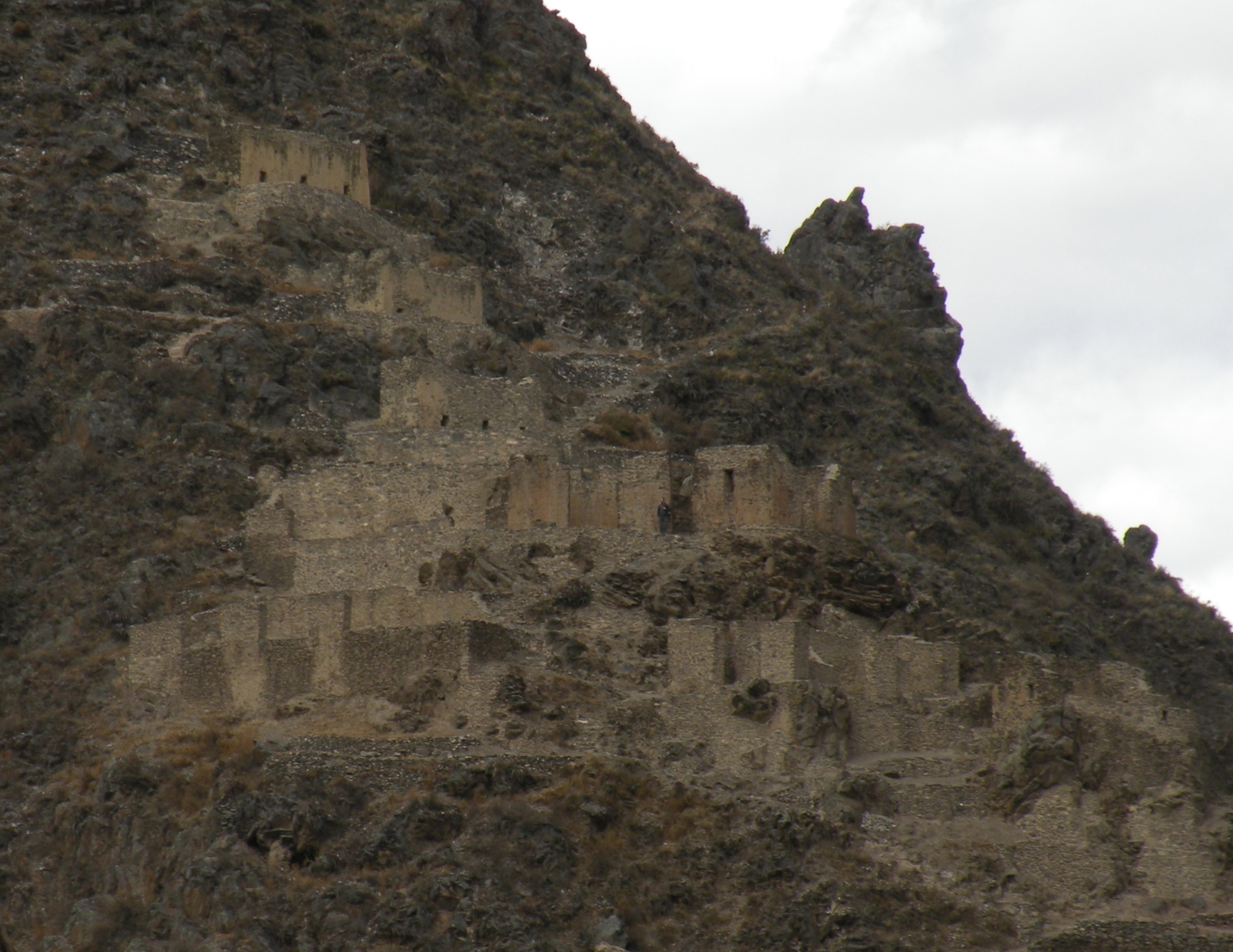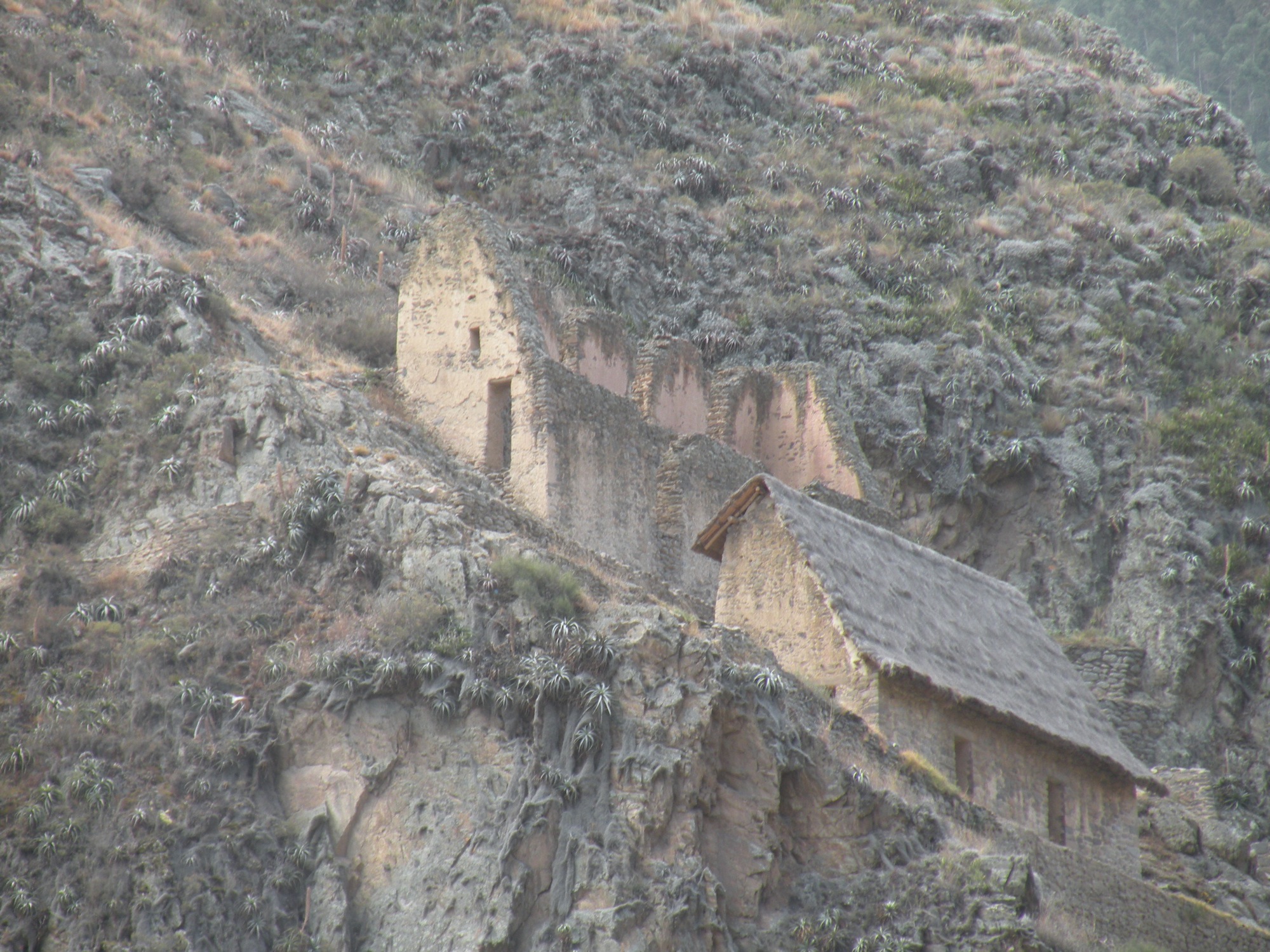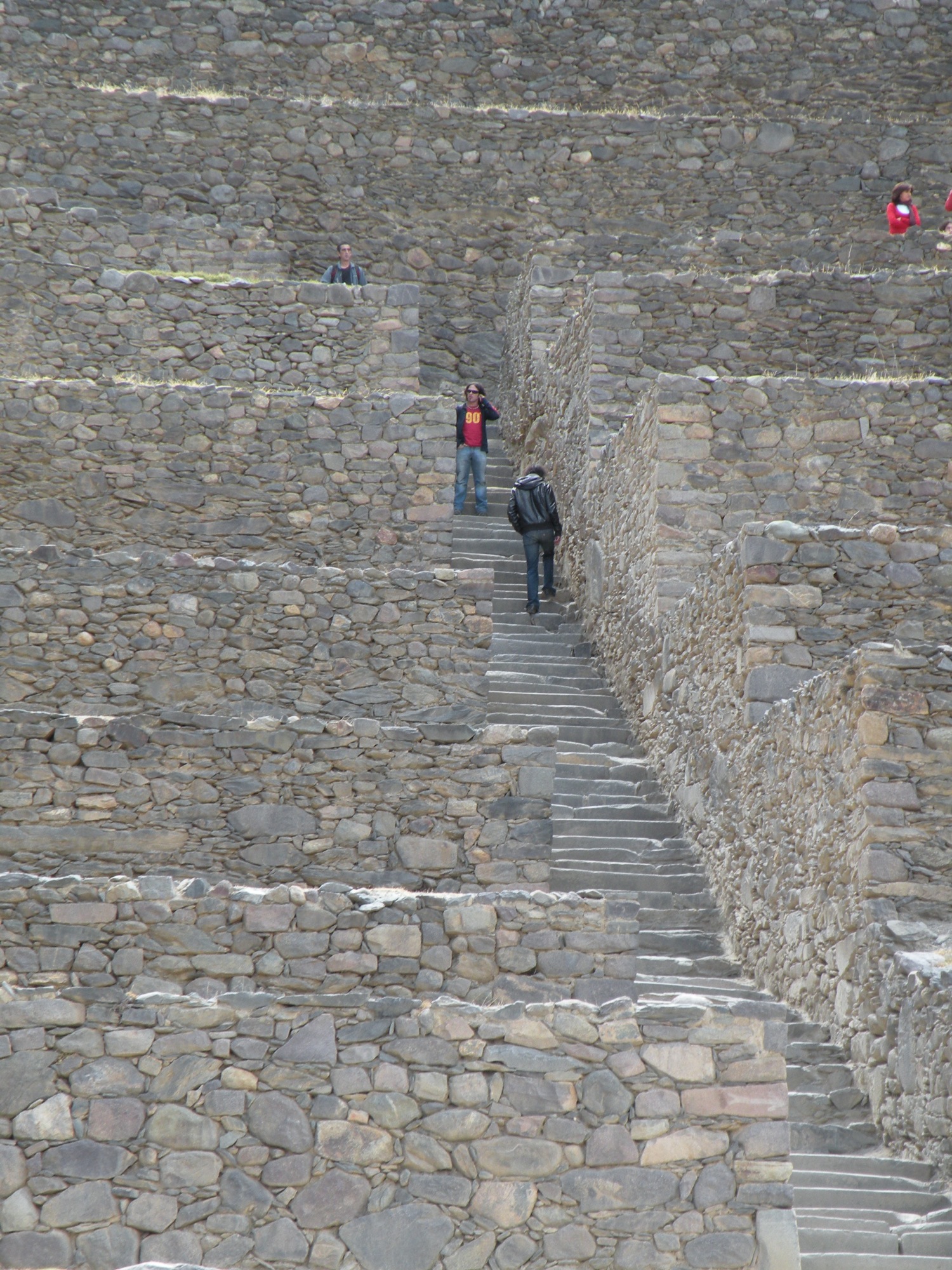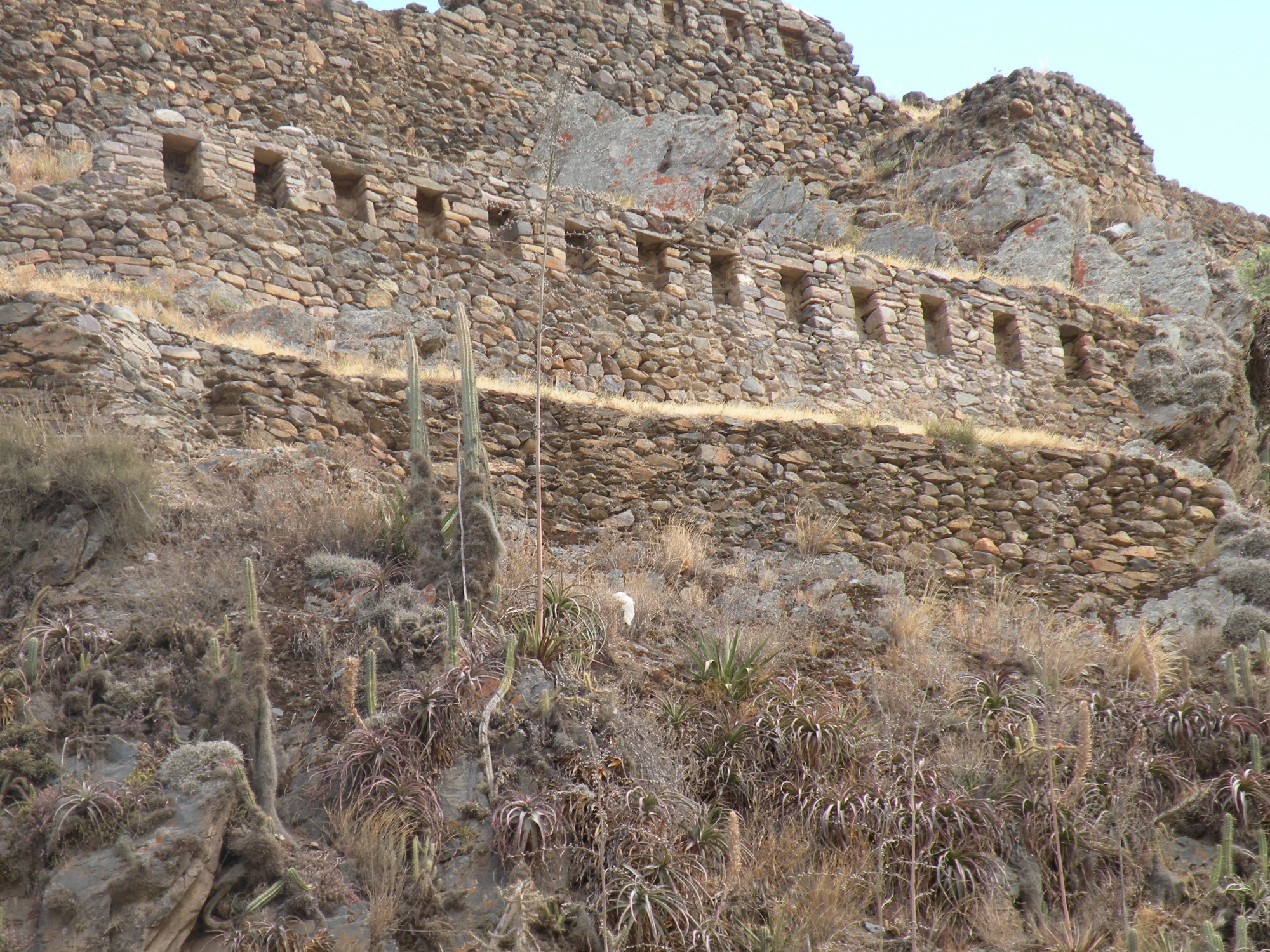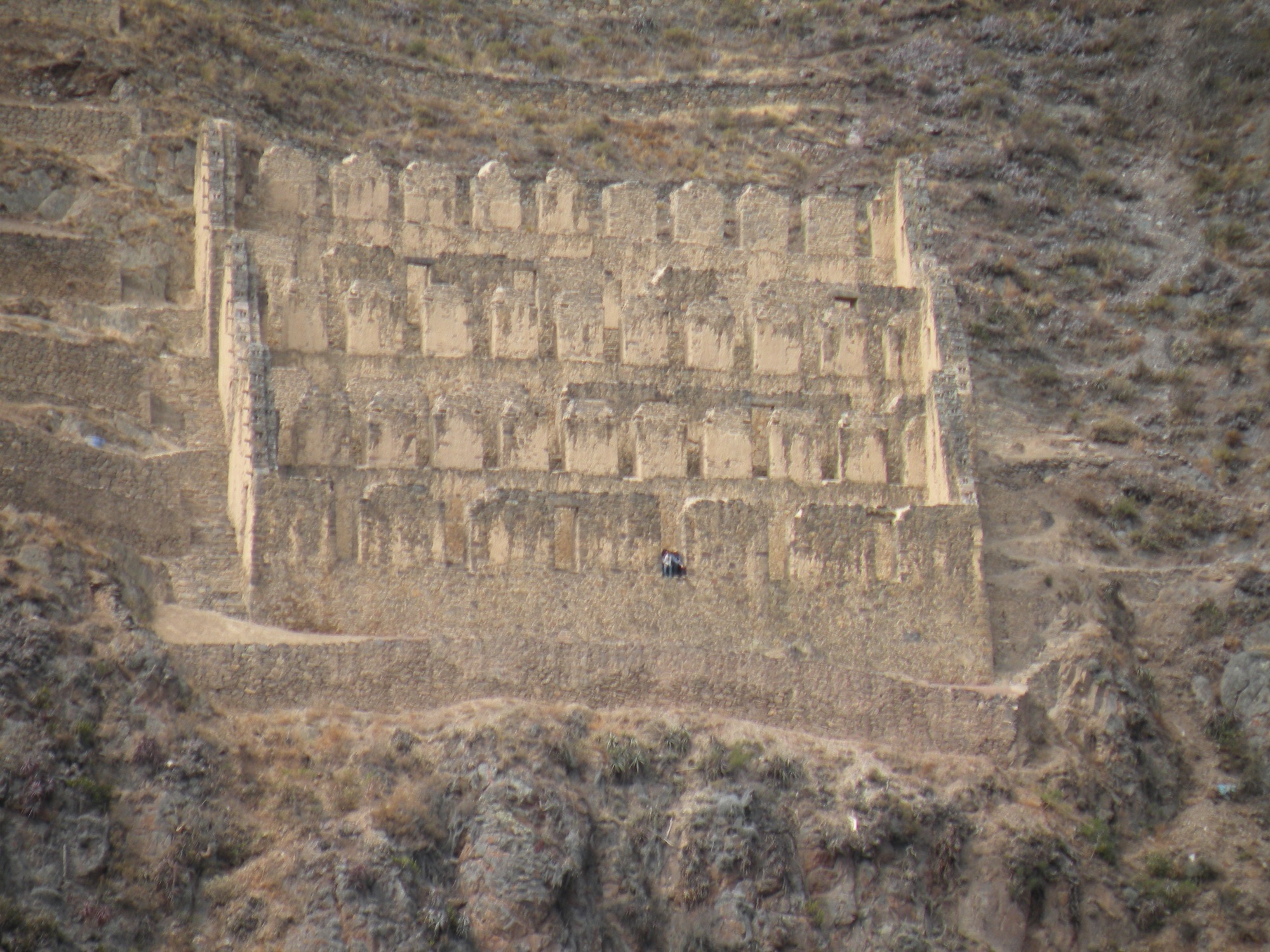City Tour
Our city tour of Lima brought us to many interesting buildings, such as the Congressional Palace, the Museum of the Inquisition, and the Archbishop's Palace with its hand carved wooden balconies .
Our city tour of Lima brought us to many interesting buildings, such as the Congressional Palace, the Museum of the Inquisition, and the Archbishop's Palace with its hand carved wooden balconies .
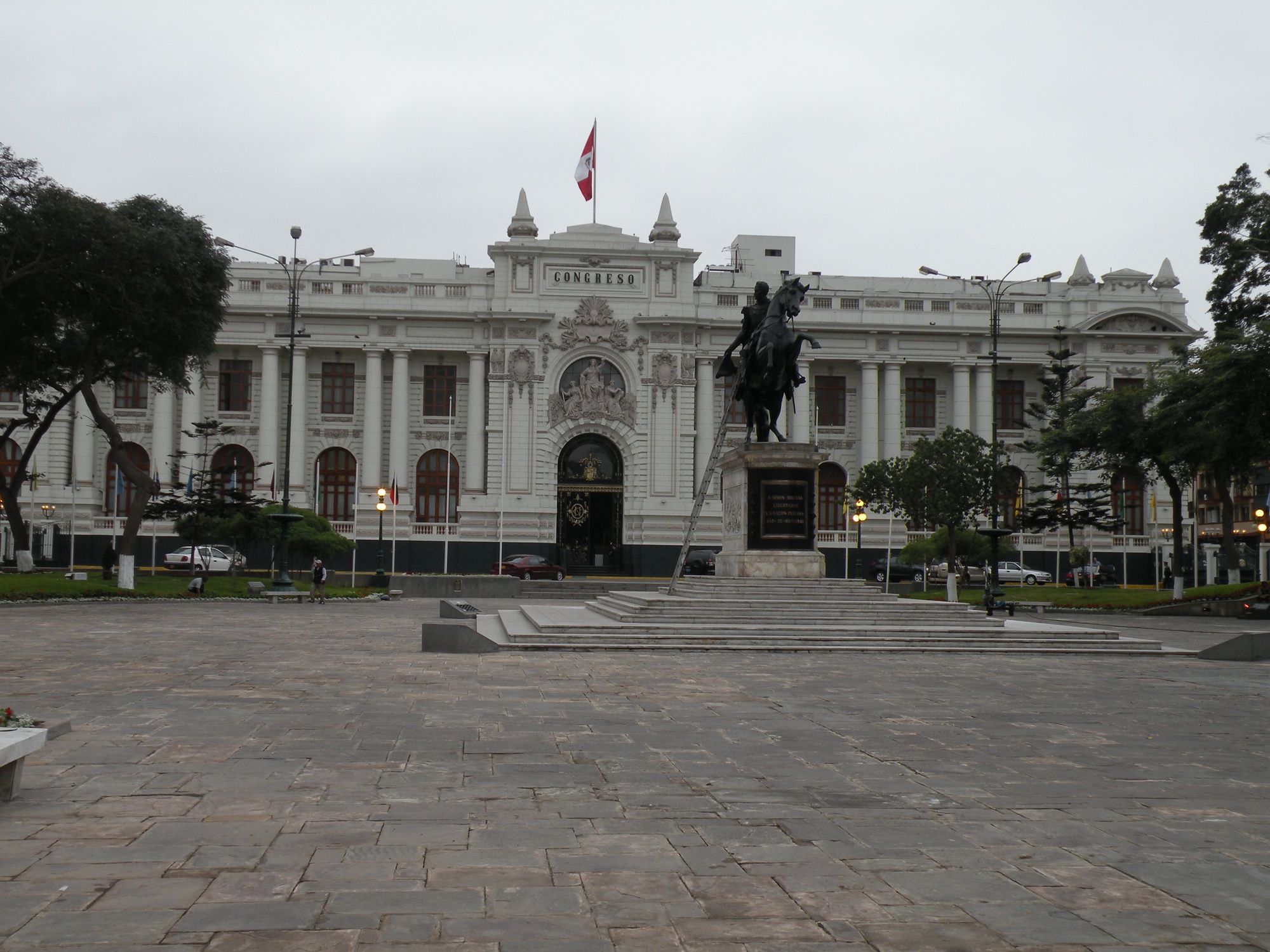
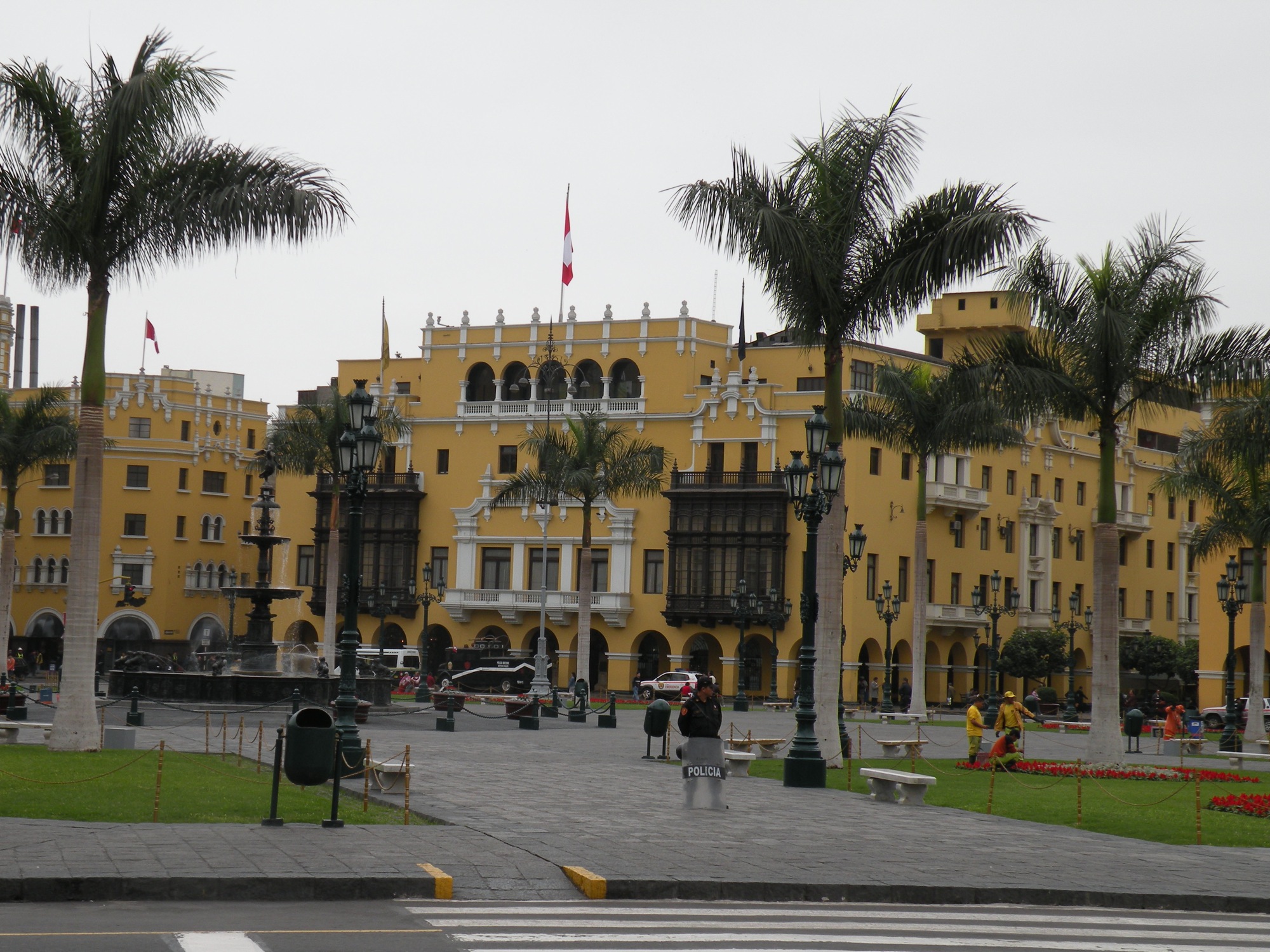
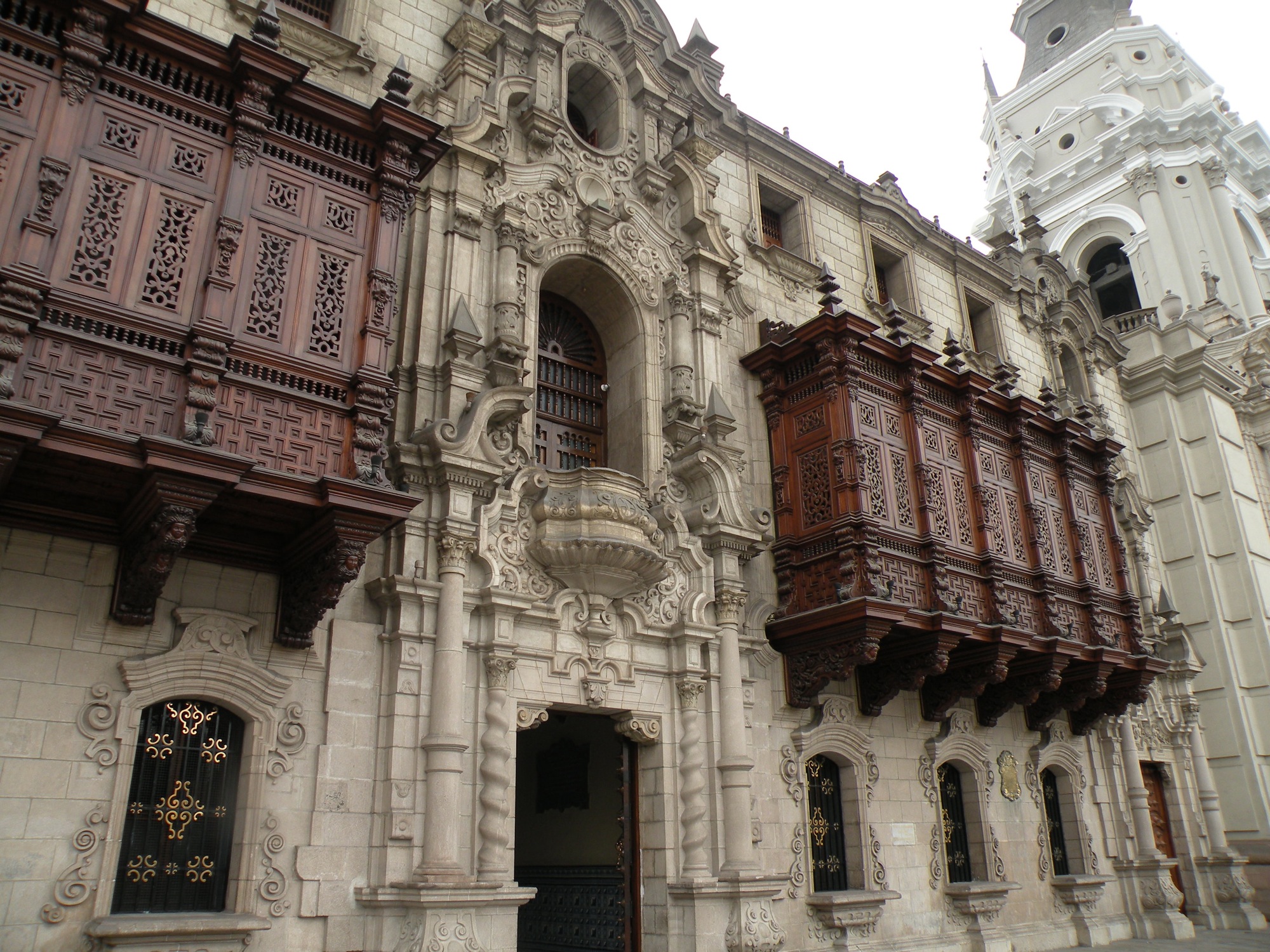
We visited the Cathedral of Lima which was originally built in 1564. It was designed by Francisco Pizarro who was also responsible for conquering the Incas and founding the city of Lima. His tomb was in the cathedral. We were also intrigued by the statue of Saint Martin which is holding a broom. Our next stop was the San Francisco Monastery where we saw some amazing catacombs filled with human remains.
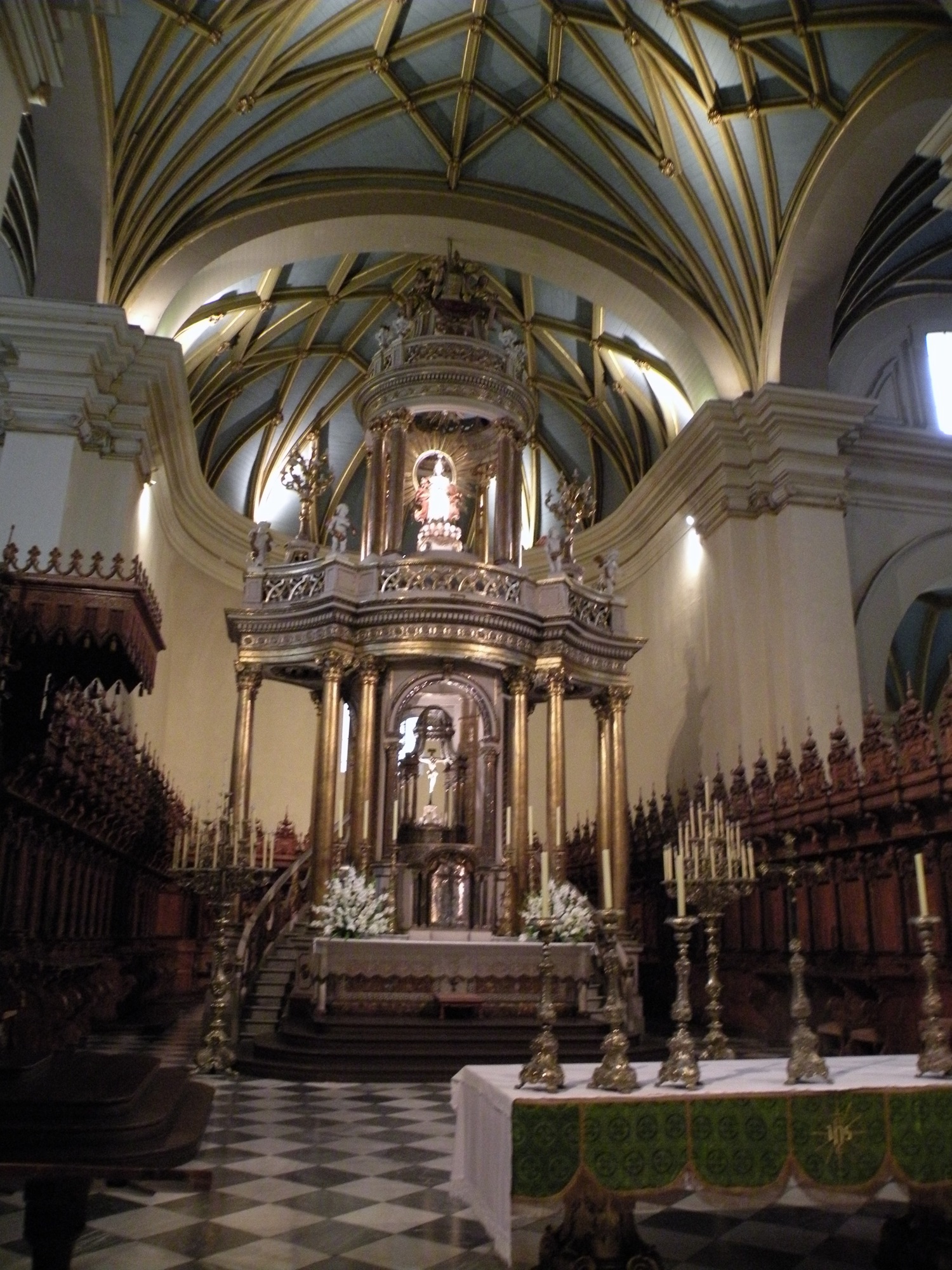
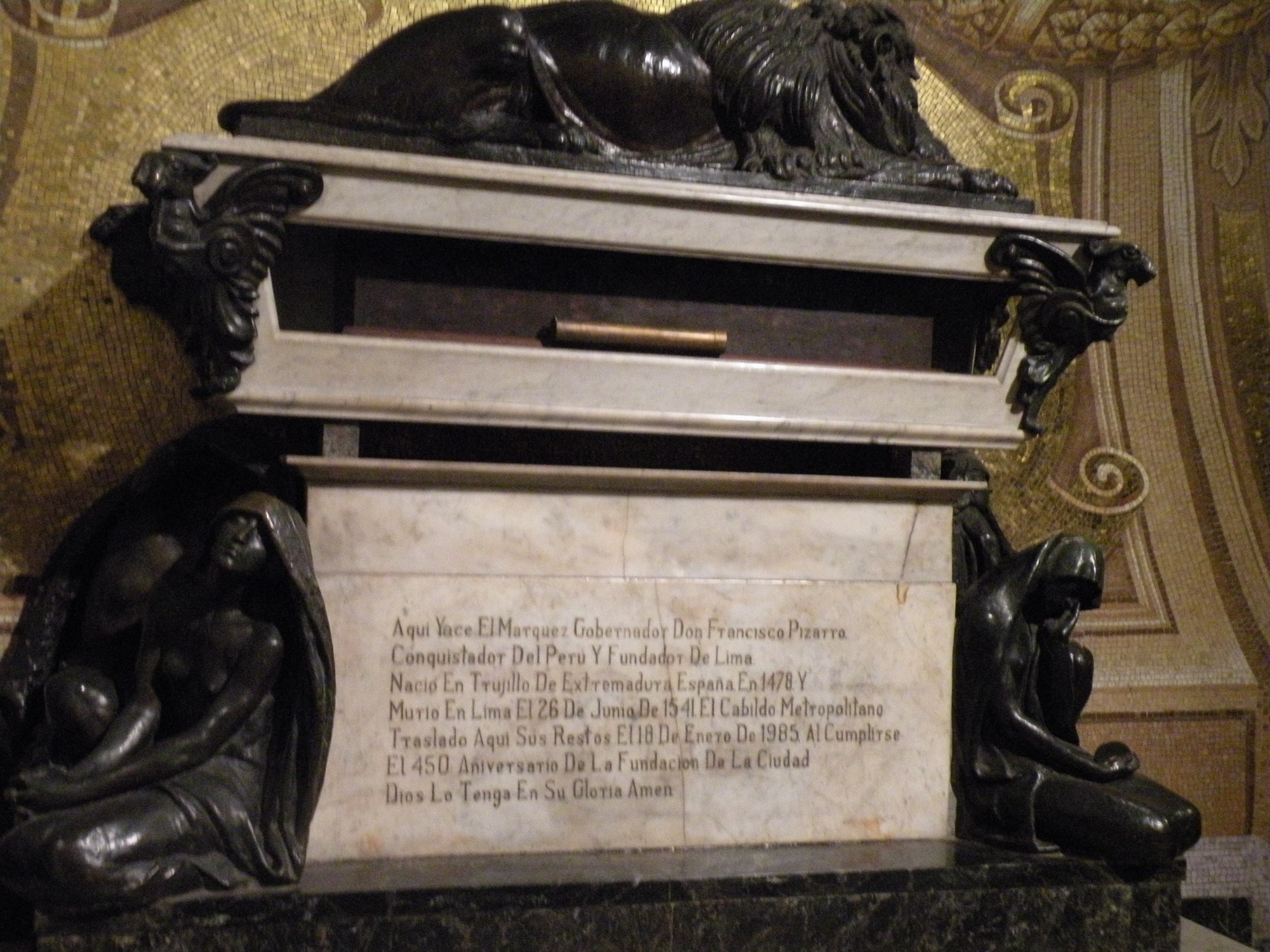
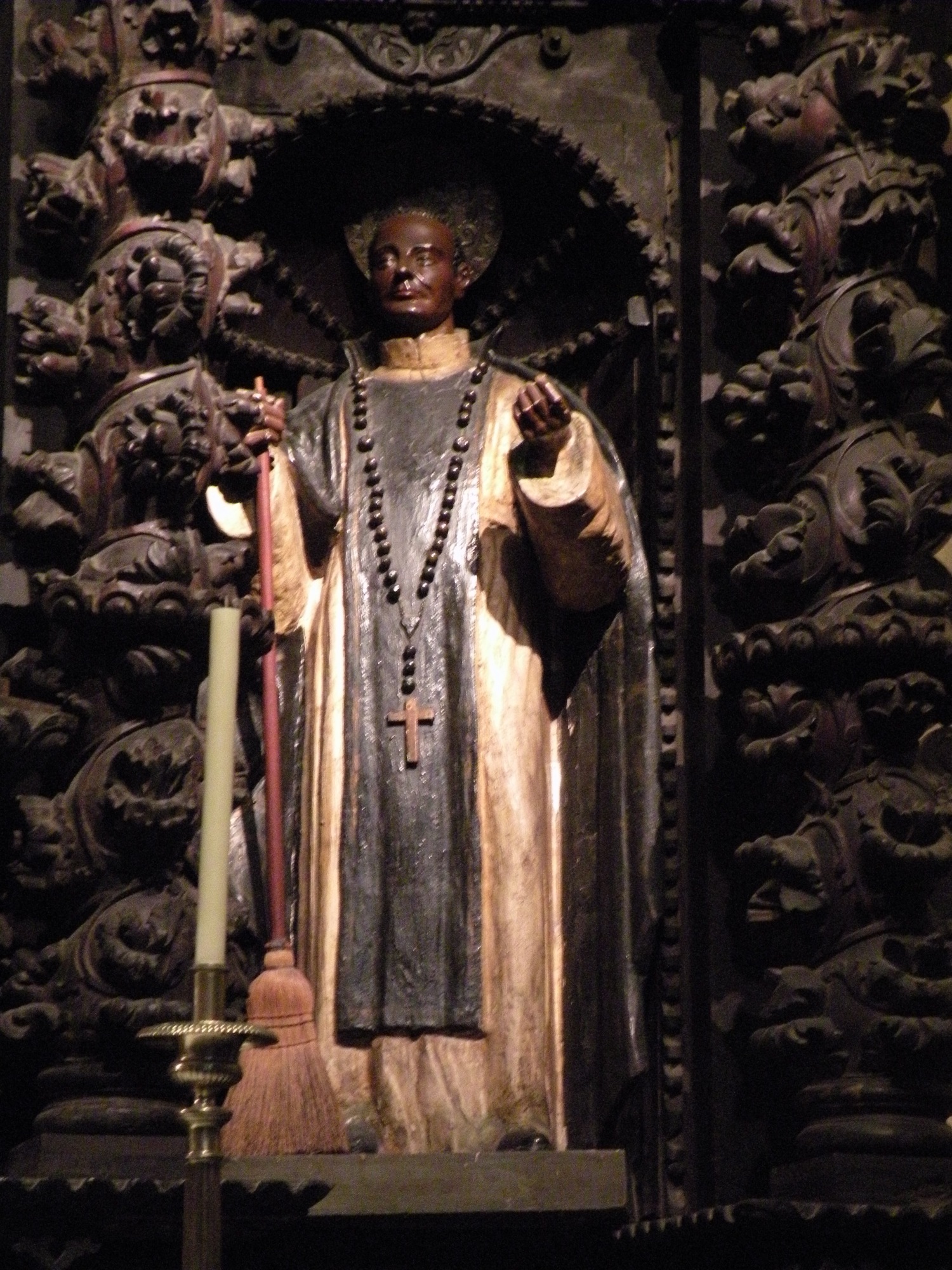
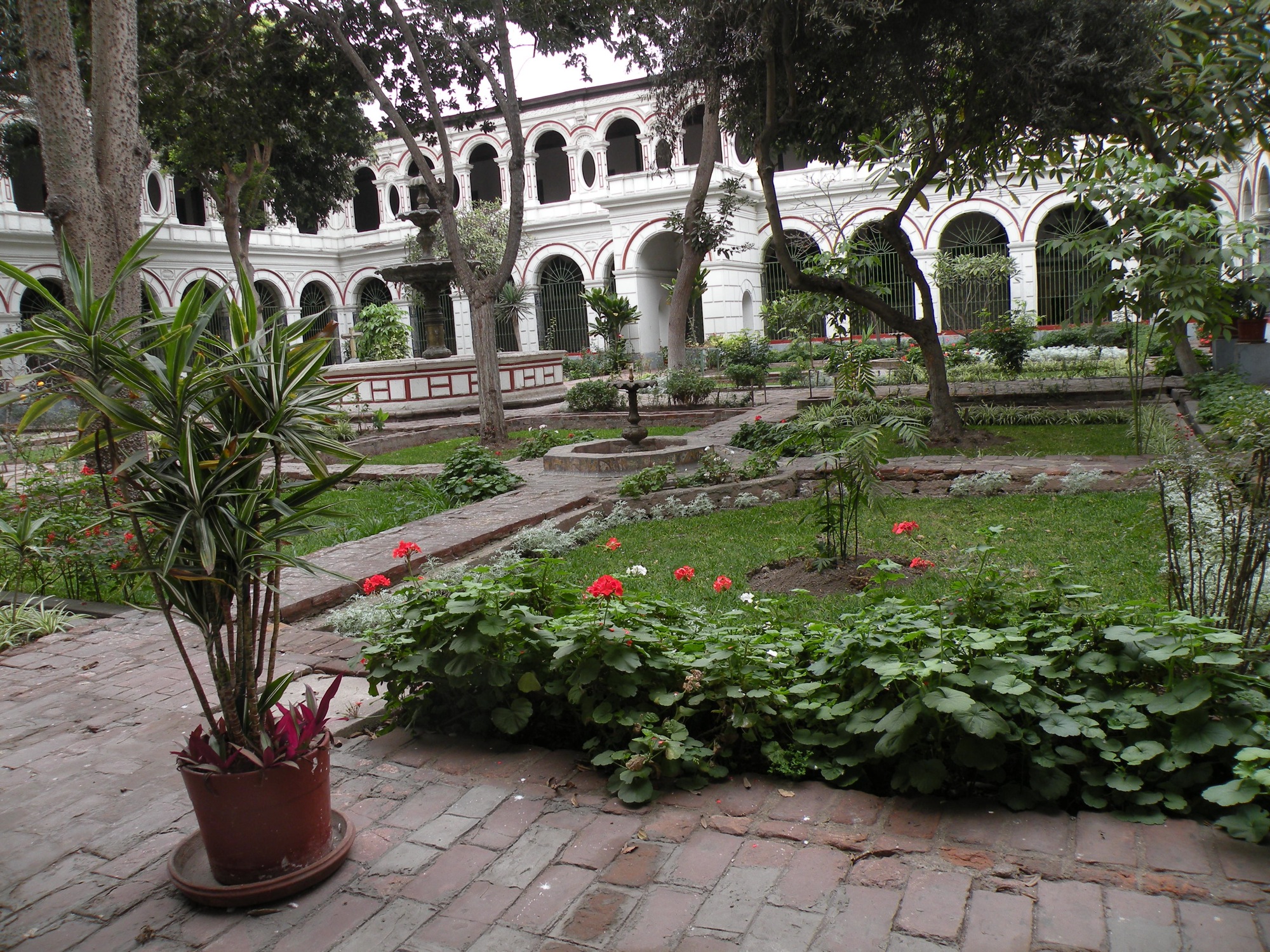
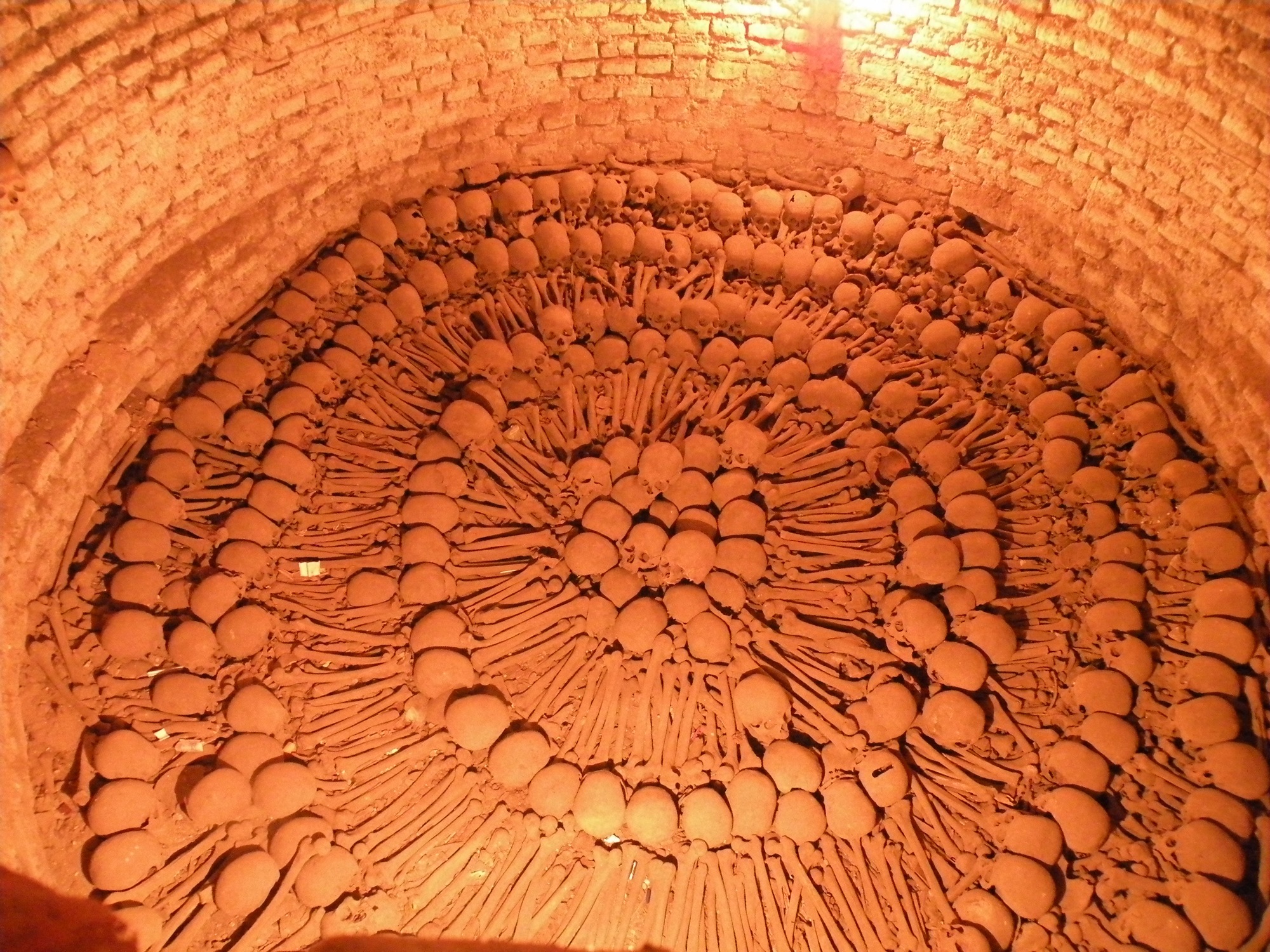
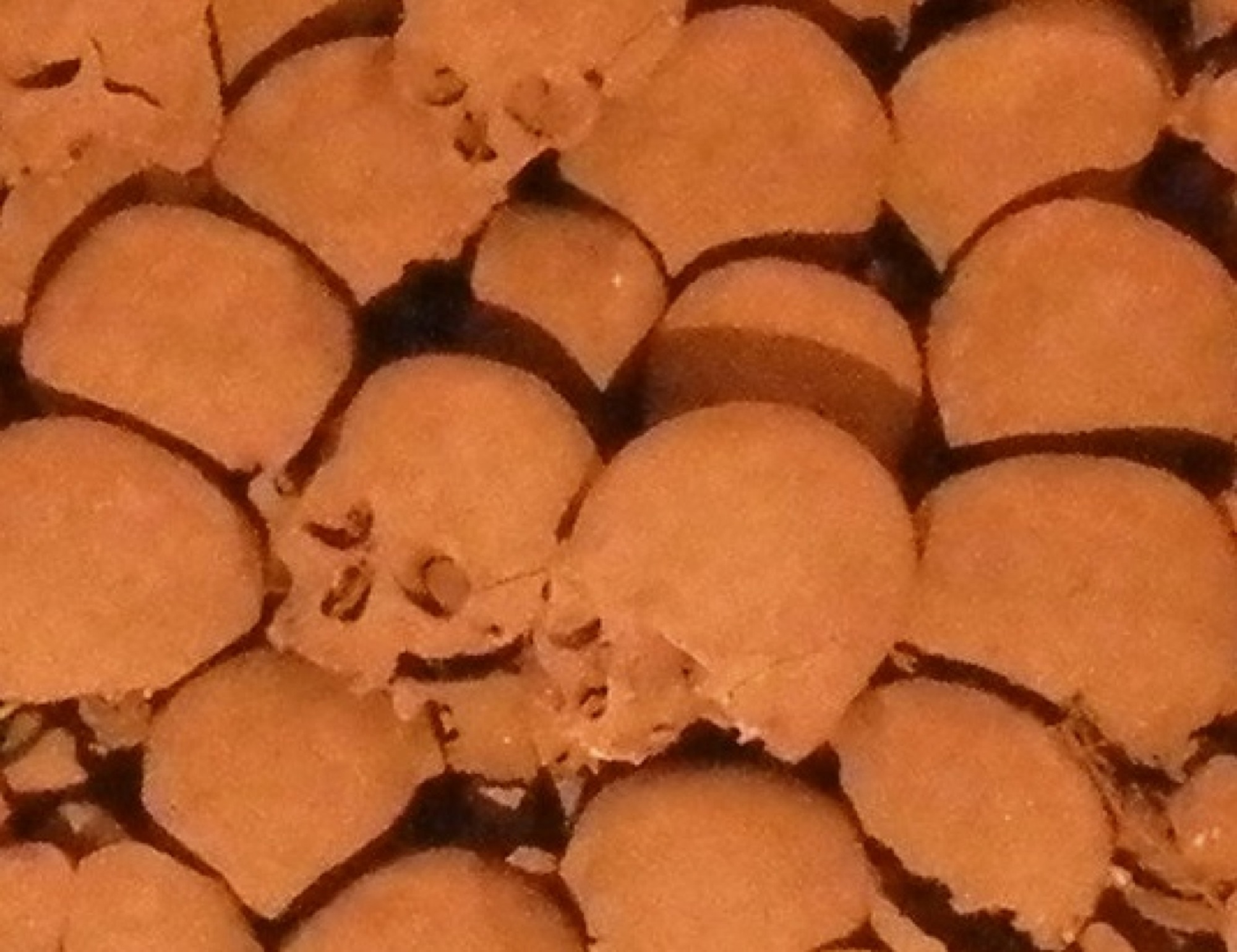
We stopped for a cold drink at a small cafe that also turned out to be a local earthquake shelter. Steve had to try the local drink, Inca Kola. We made a brief stop in Love Park to see the lovely ocean view and the famous kissing statue that is so iconic in Lima. On the way to the airport, we noticed a dog wandering on the roof of a tall building. Wonder how it got there?
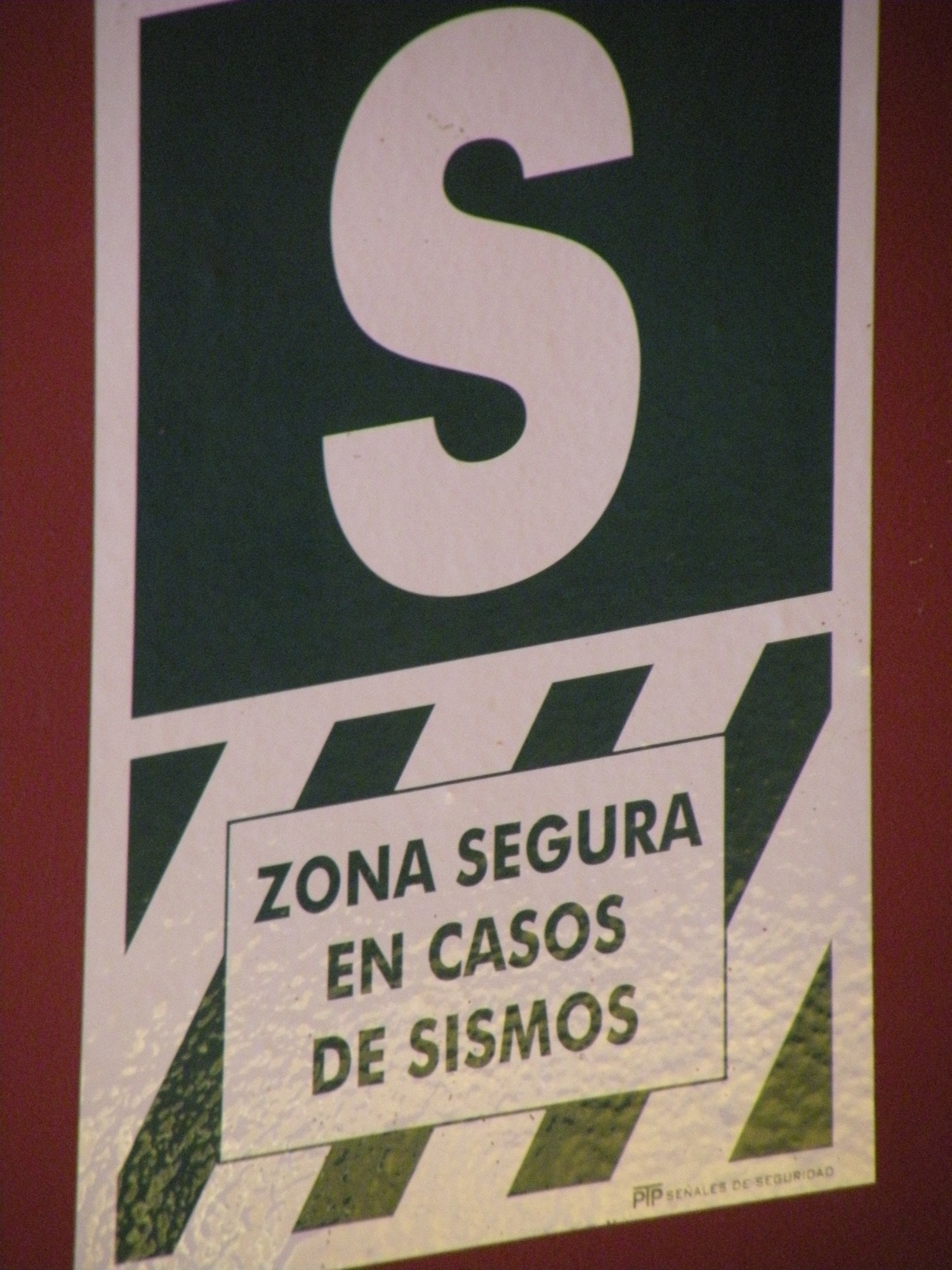
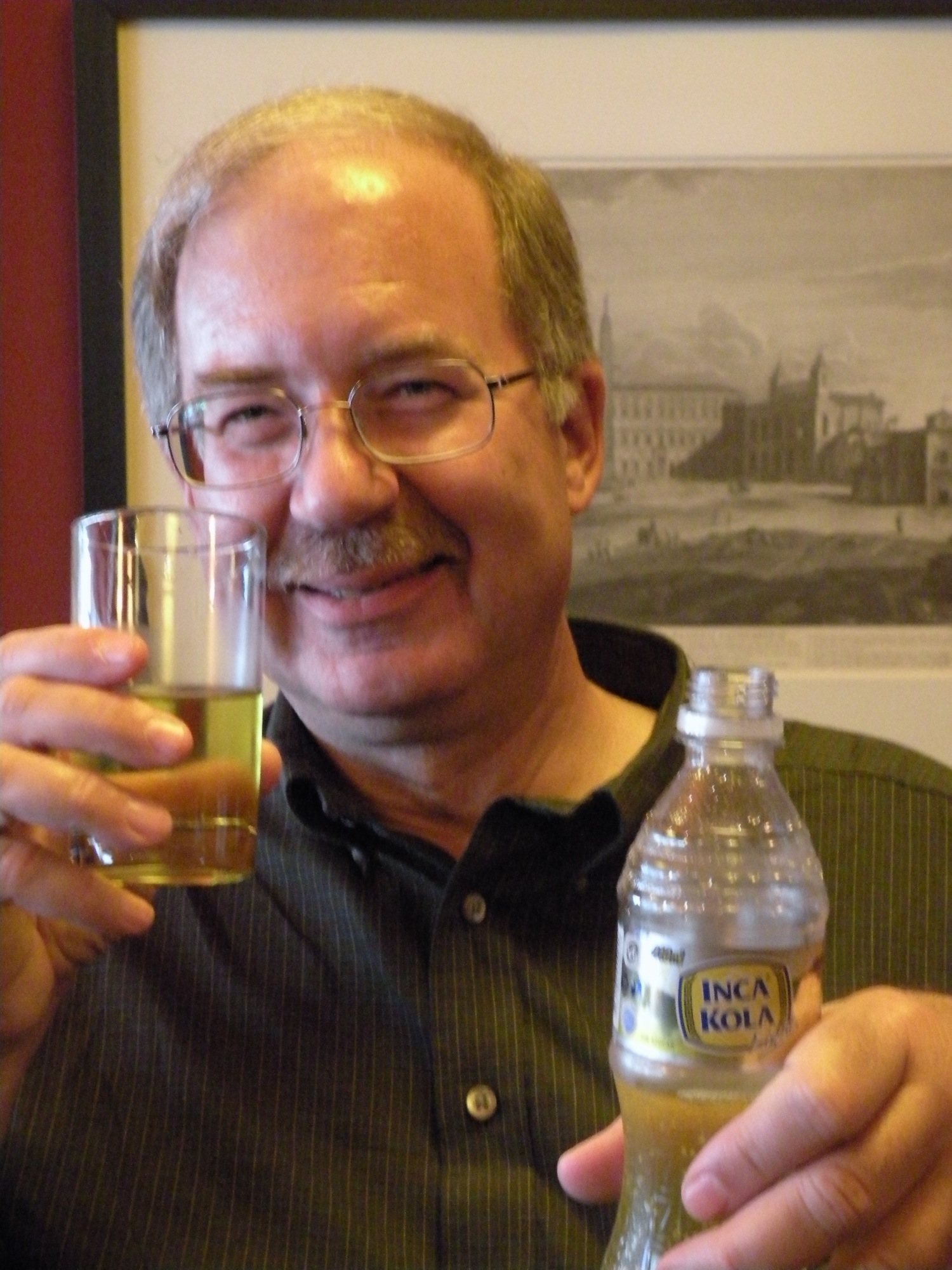
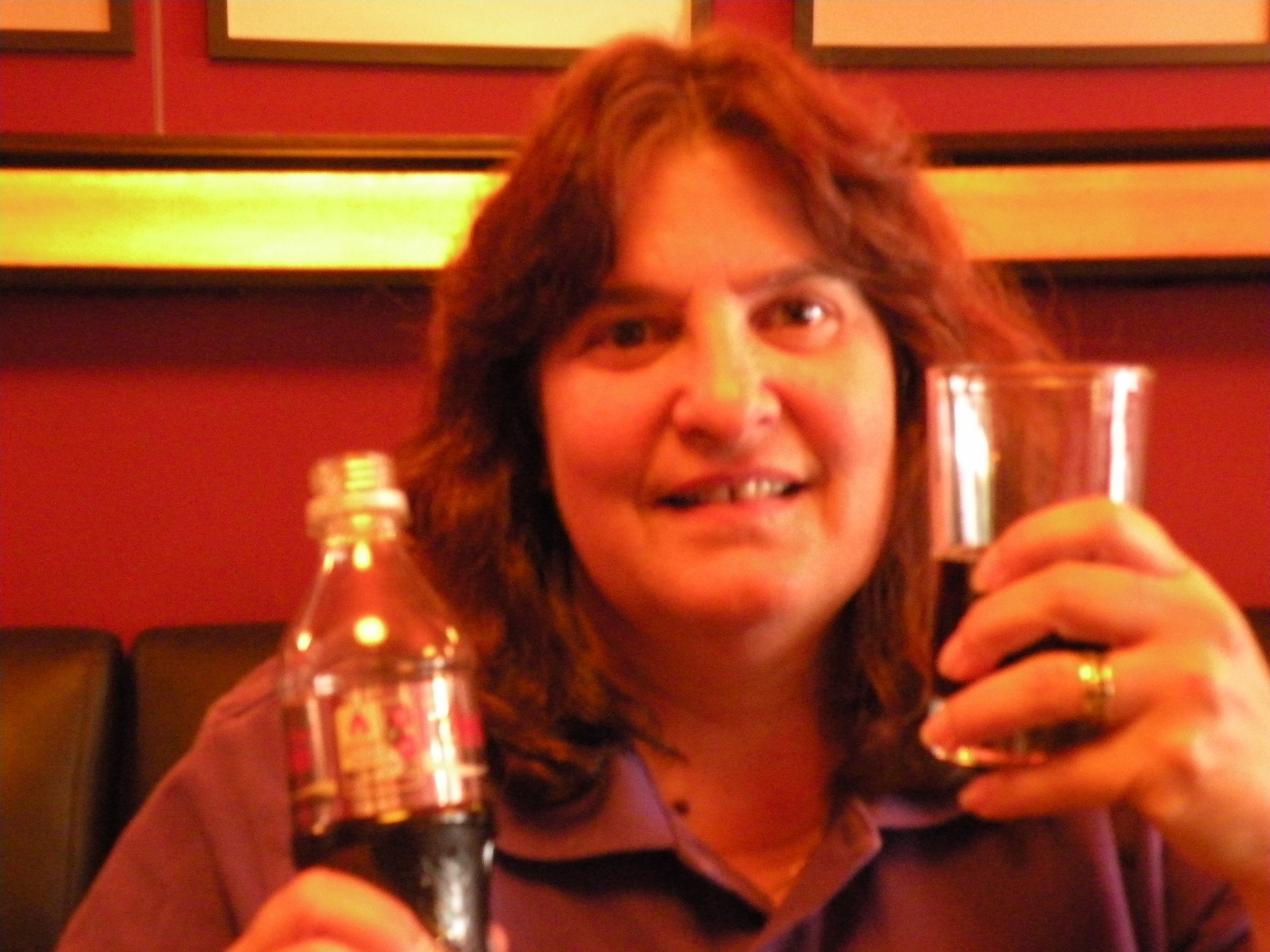
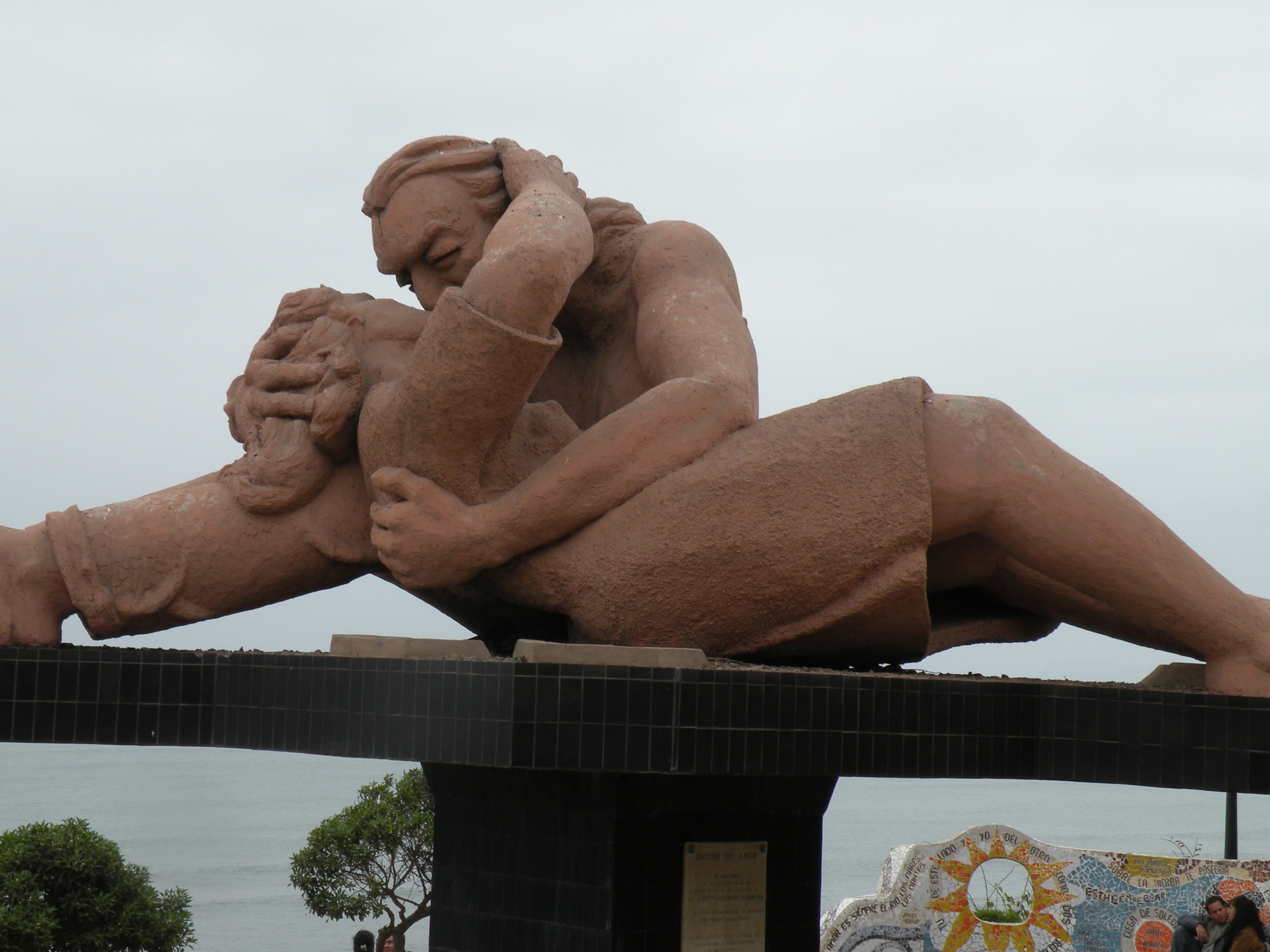
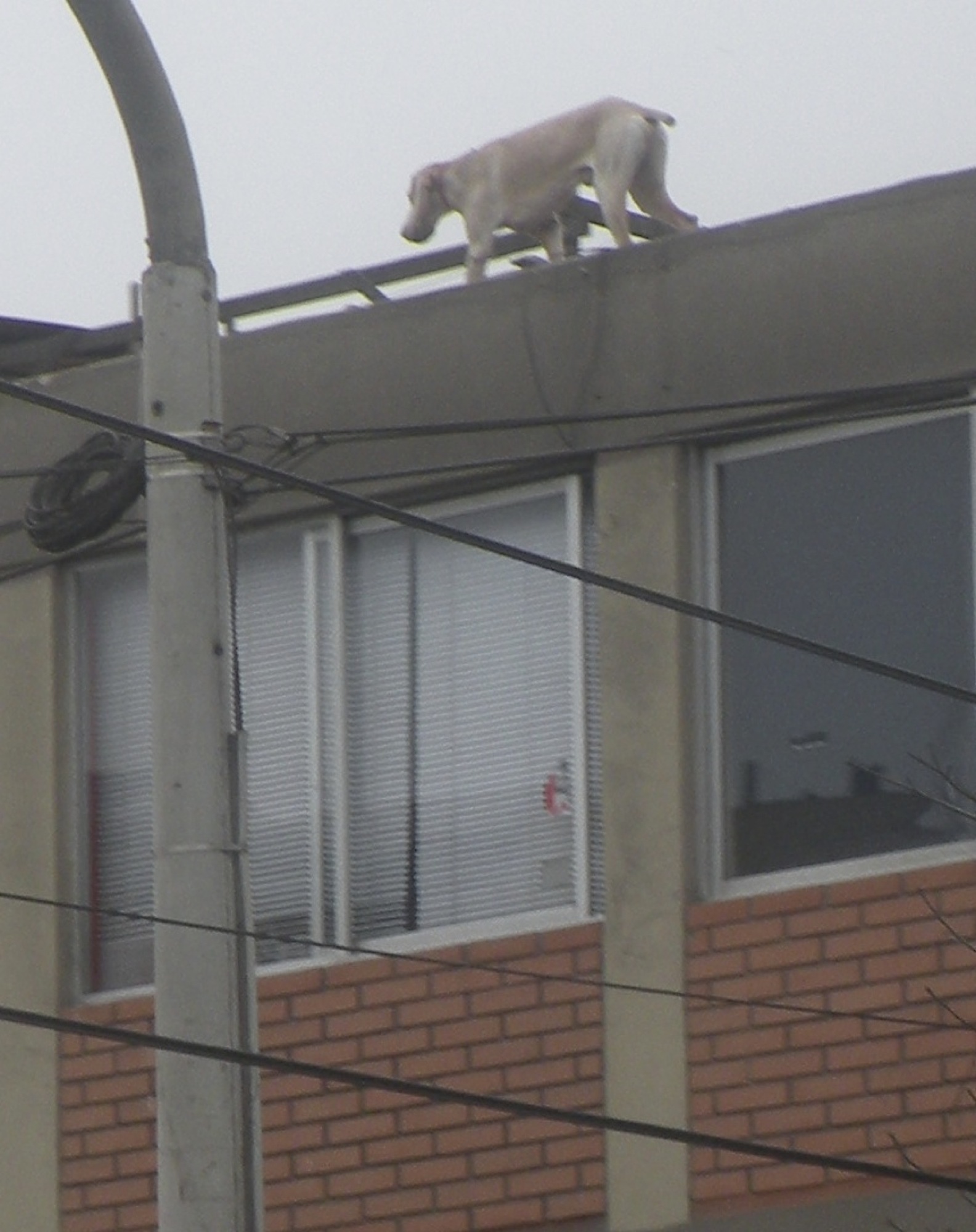
Cusco is a large sprawling city located in the Andes Mountains at an elevation of nearly 11,000 feet. Historically, it was the capital of the Inca Empire and there are many excavated ruins here to visit.
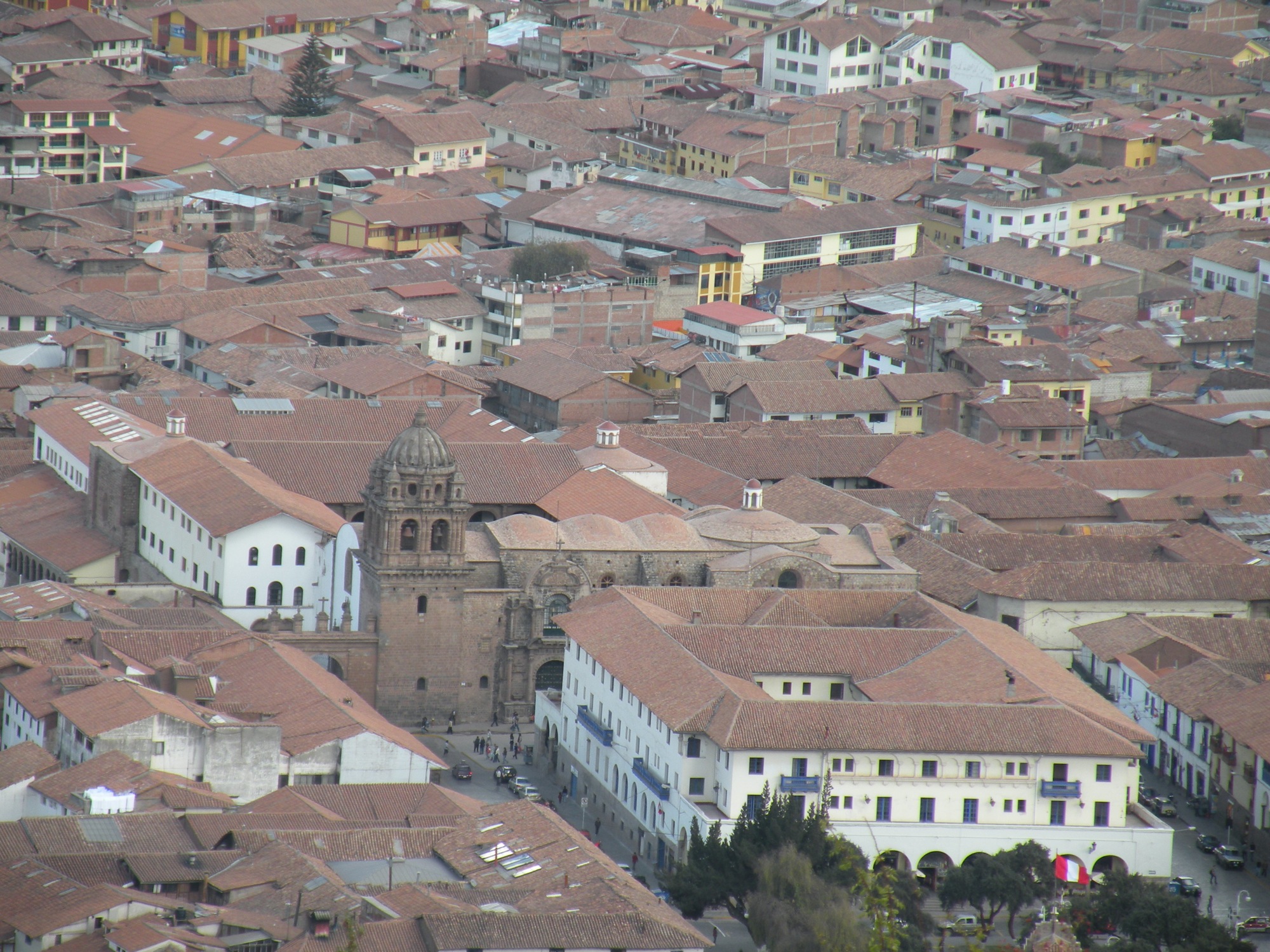
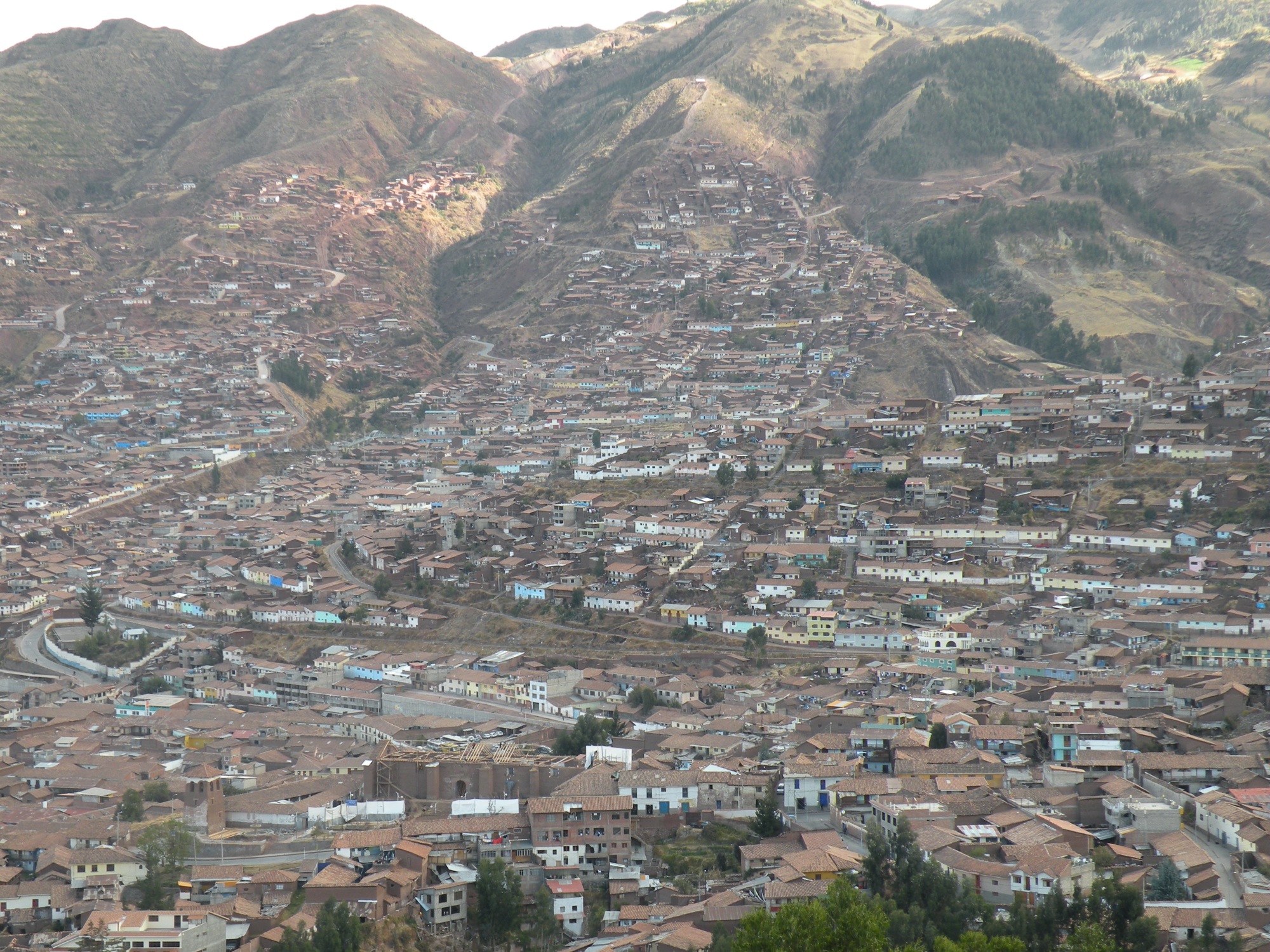
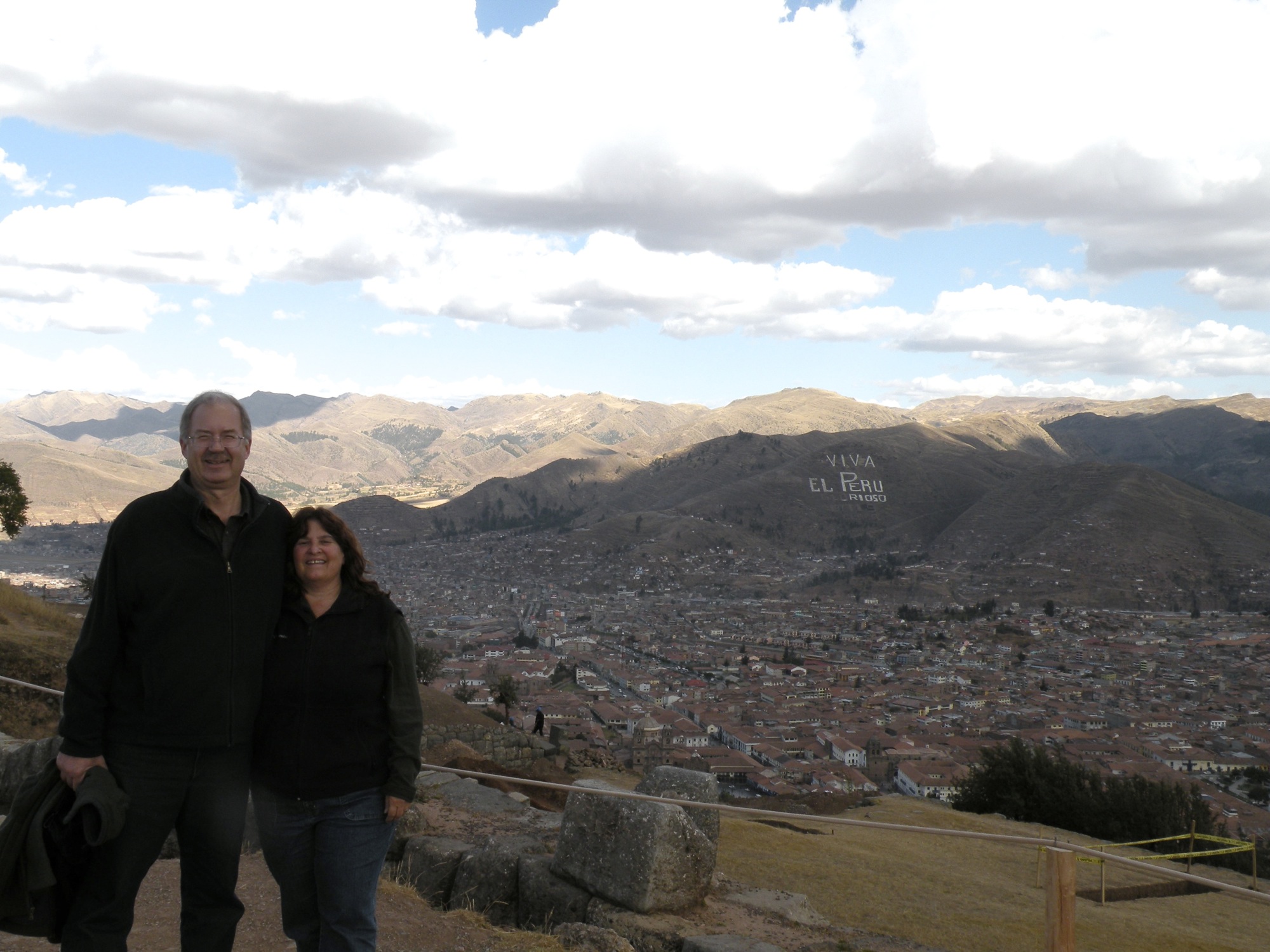
Sacsayhuamán is believed to have been a fortress designed to protect the city and its inhabitants. The engineering of these buildings is amazing. Large stones were cut into interlocking shapes so tightly fit that not even a piece of paper will fit into any spaces between them. No mortar was used to hold up the stones. These stone walls are so well engineered, that they have withstood many earthquakes that have left more modern buildings in the area severely damaged.
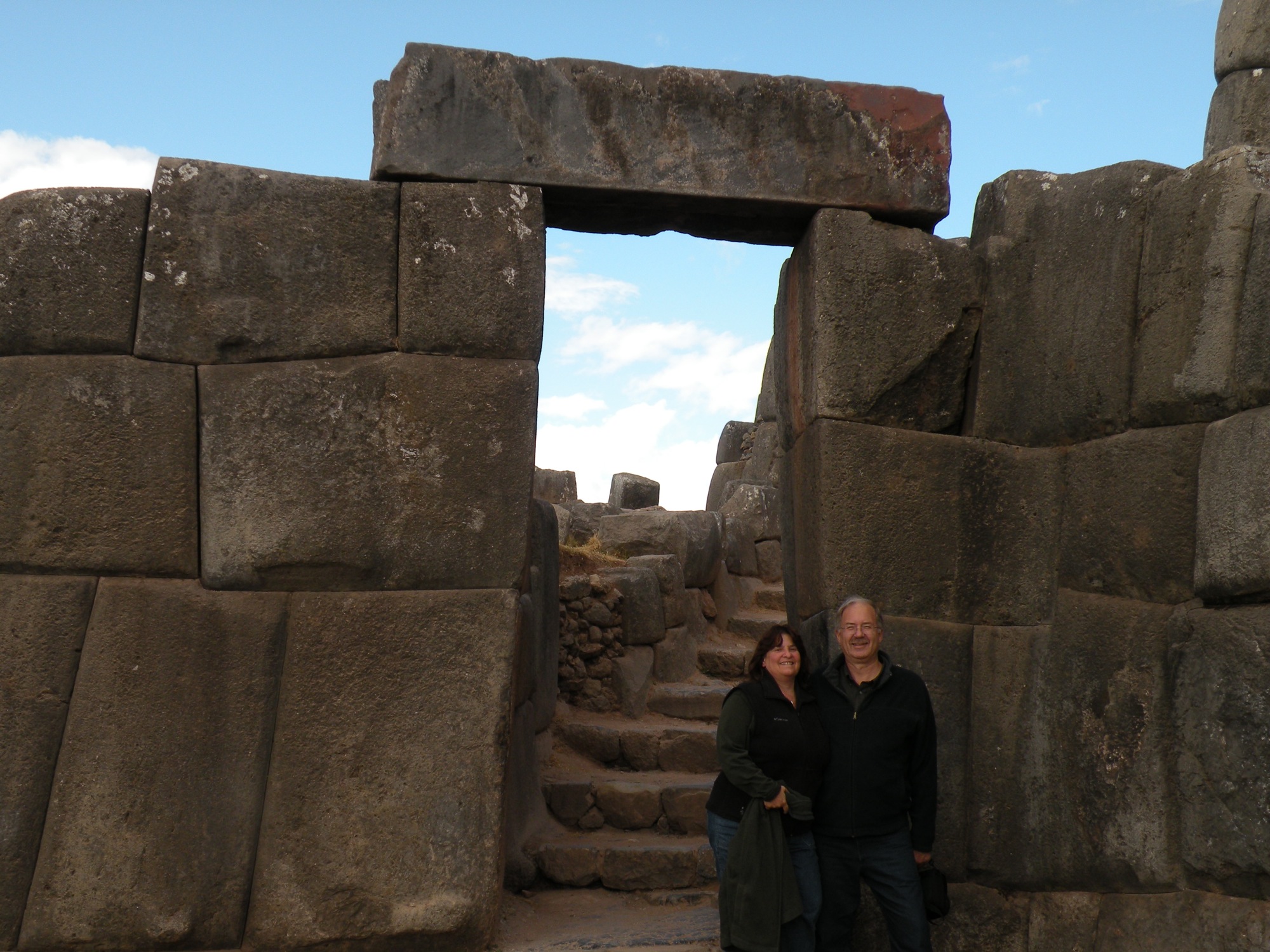
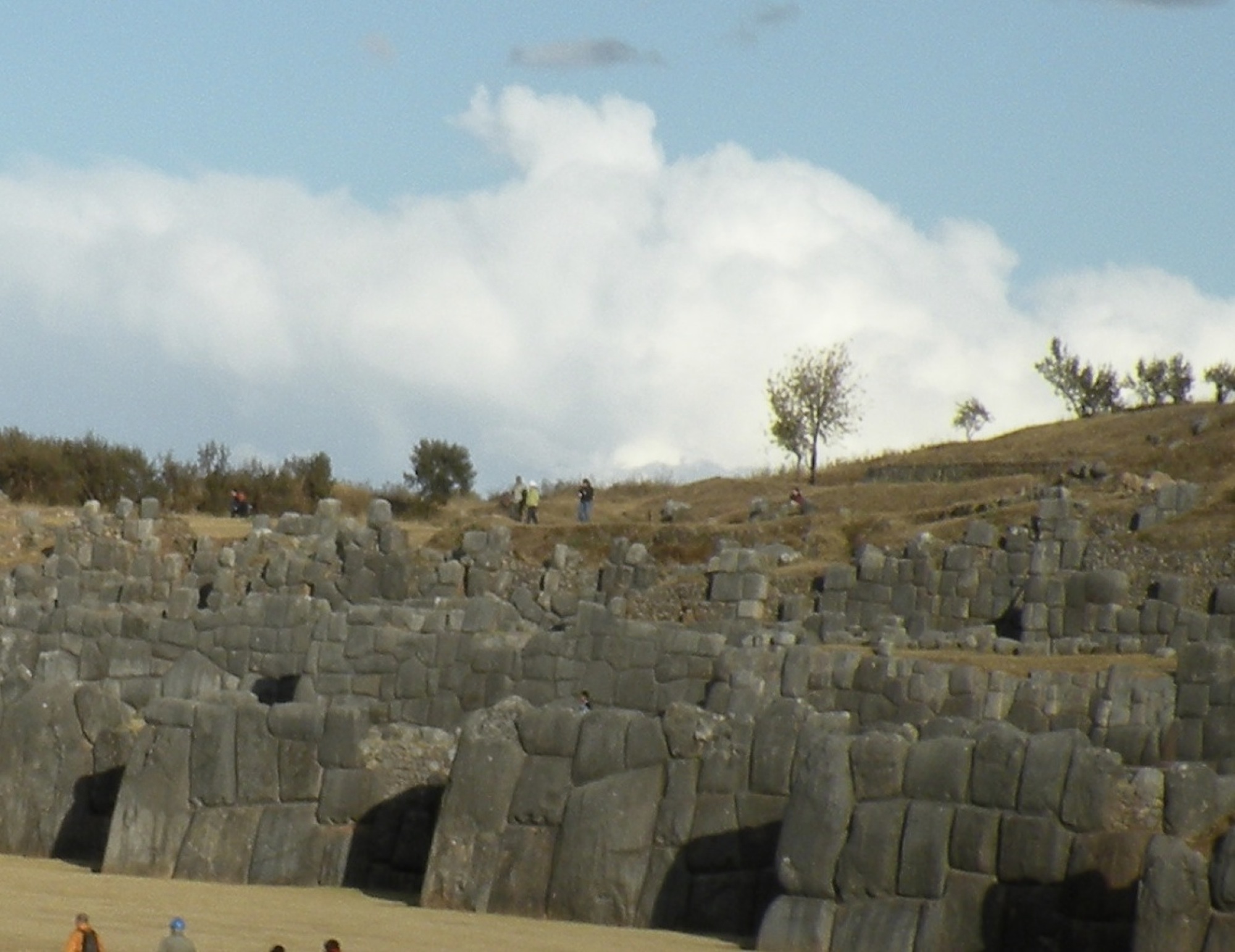
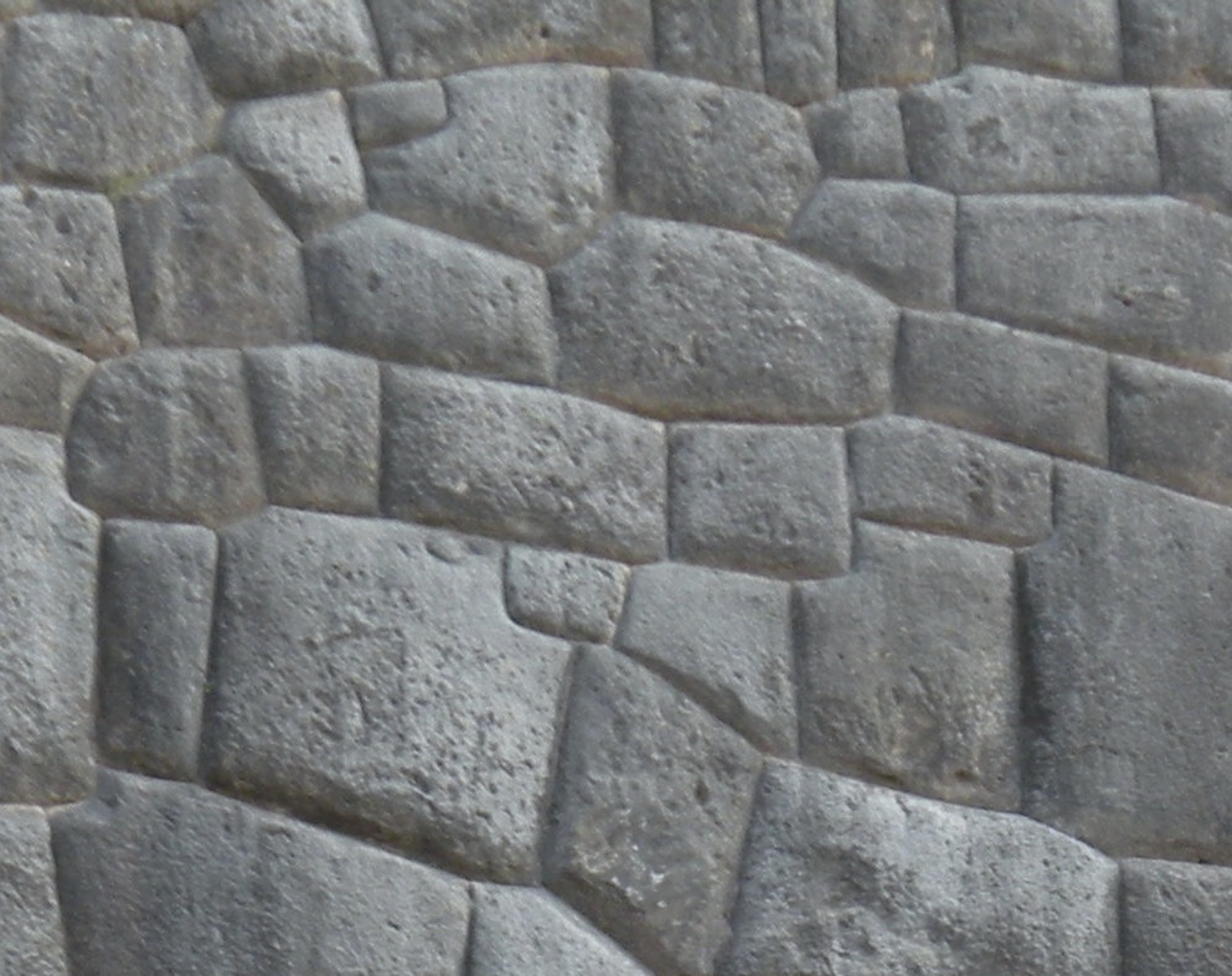
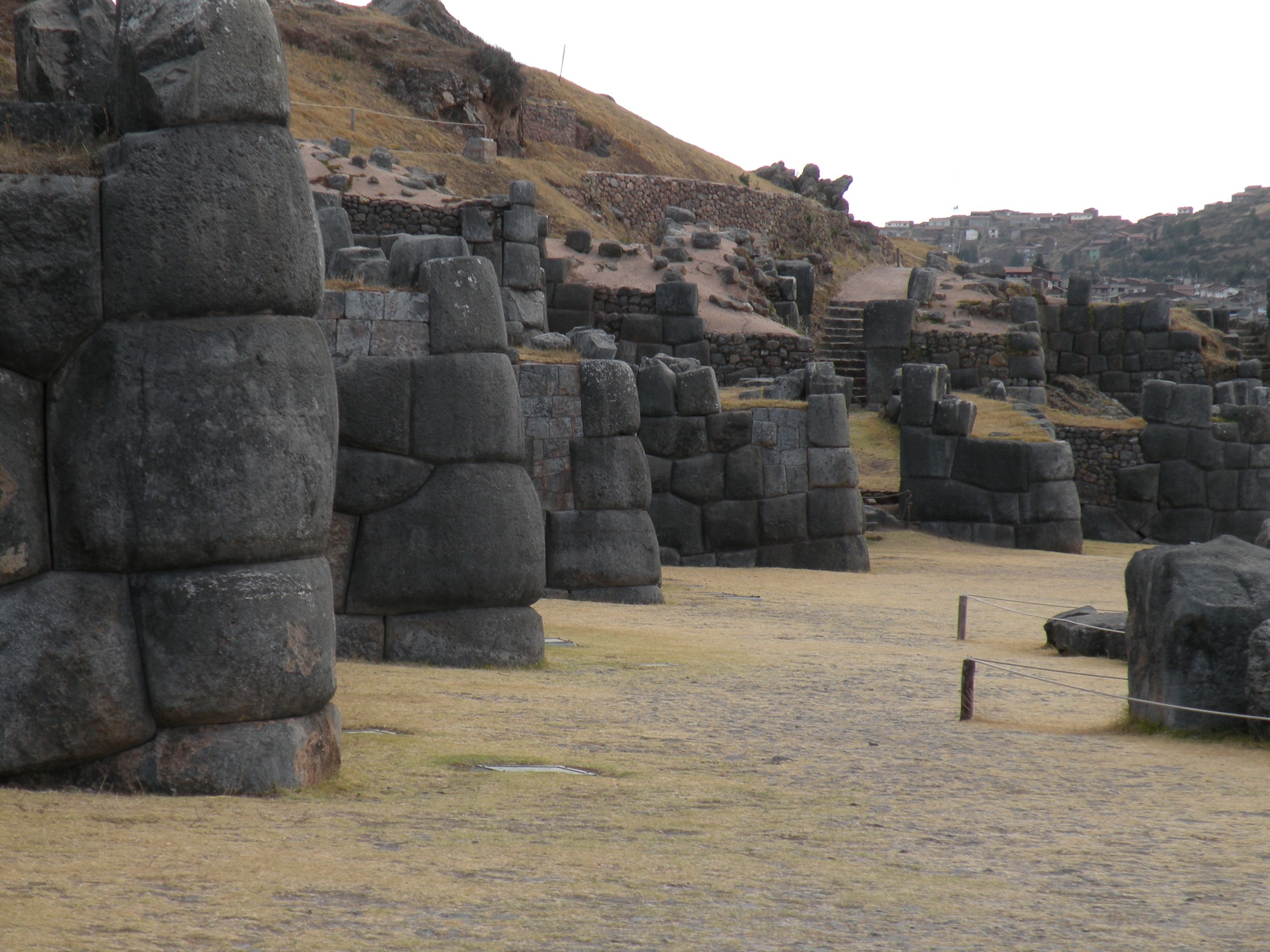
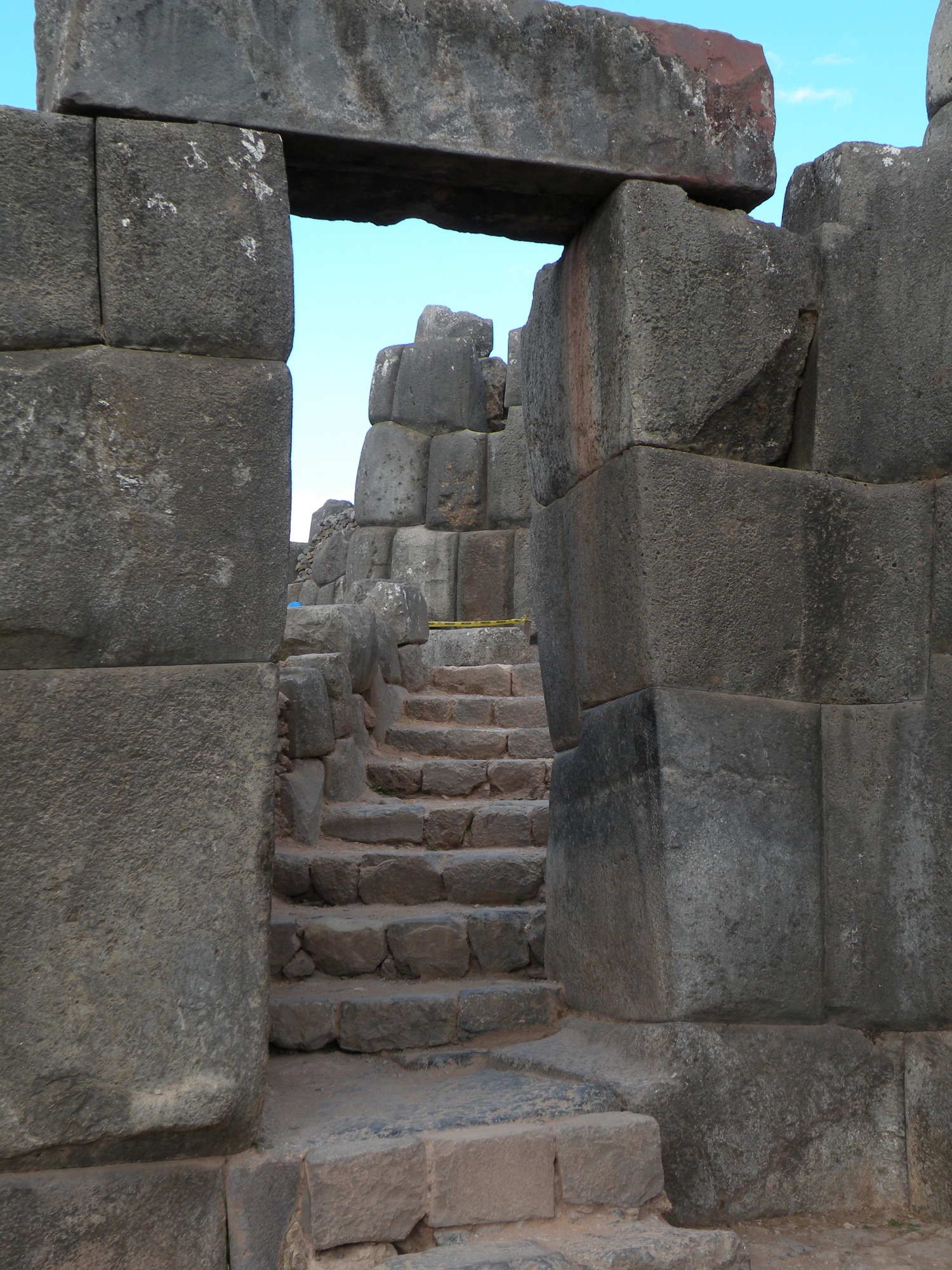
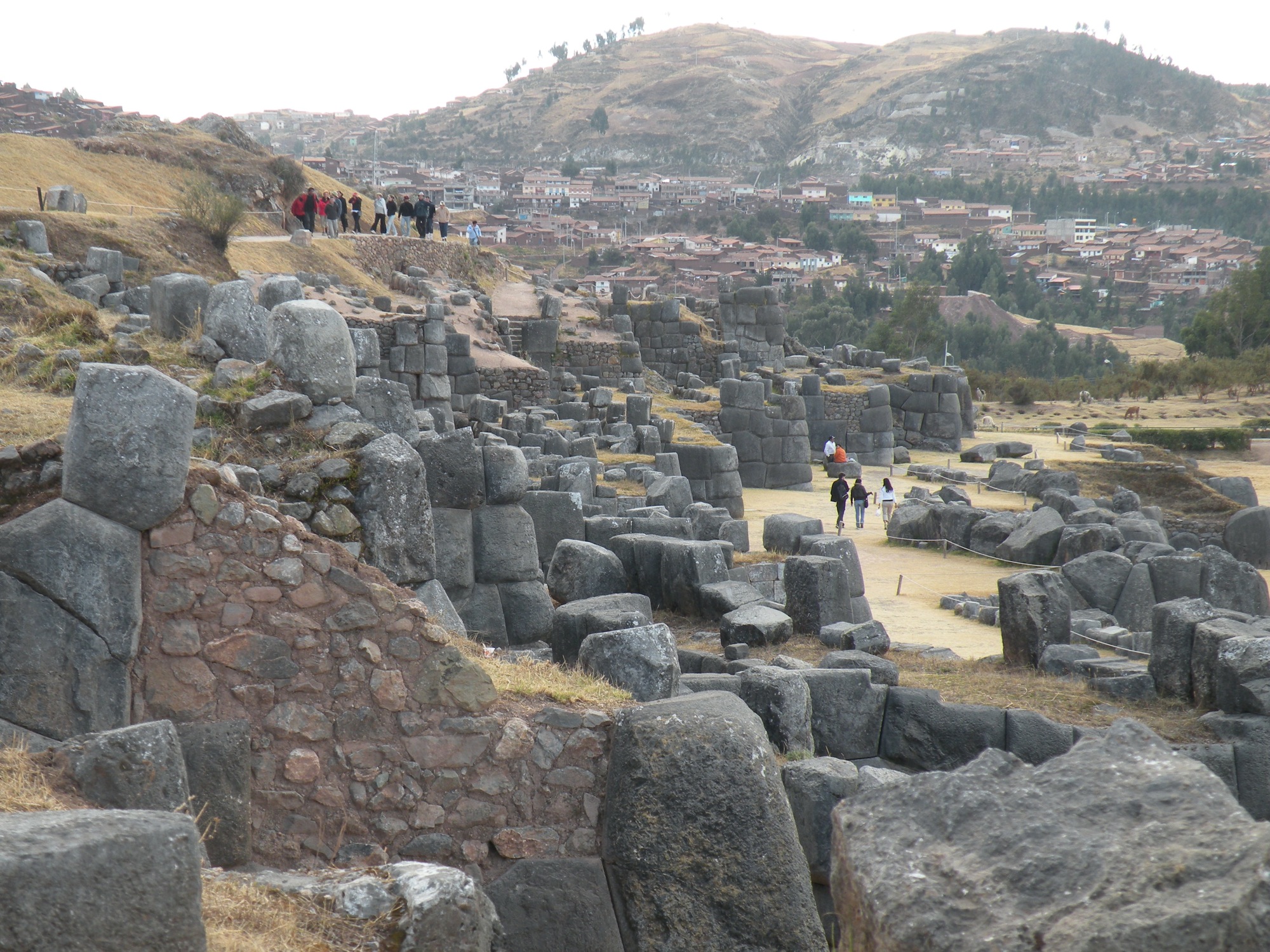
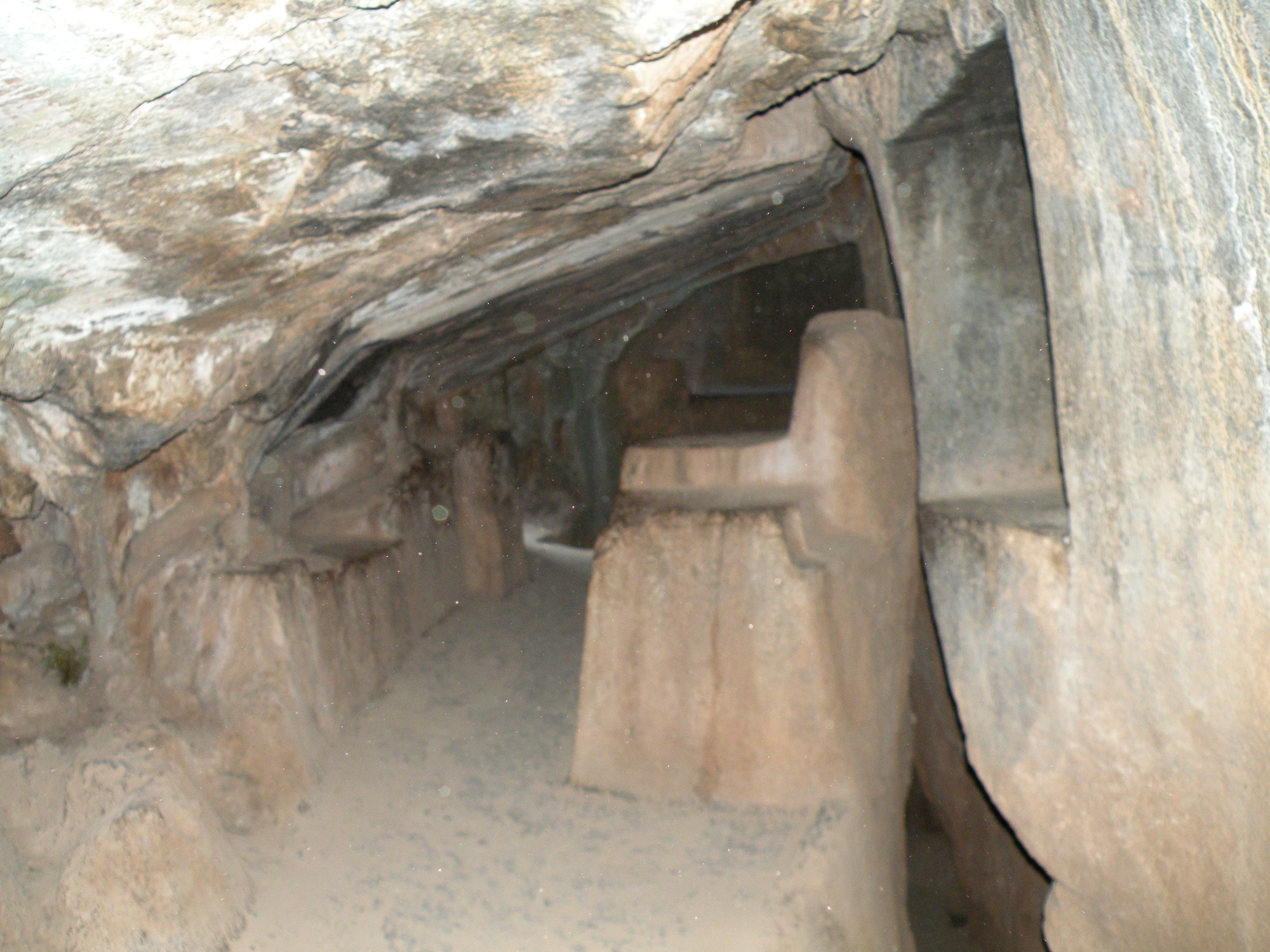
Tambomachay is thought to be a ritual bathing site or a center for the worship of water.
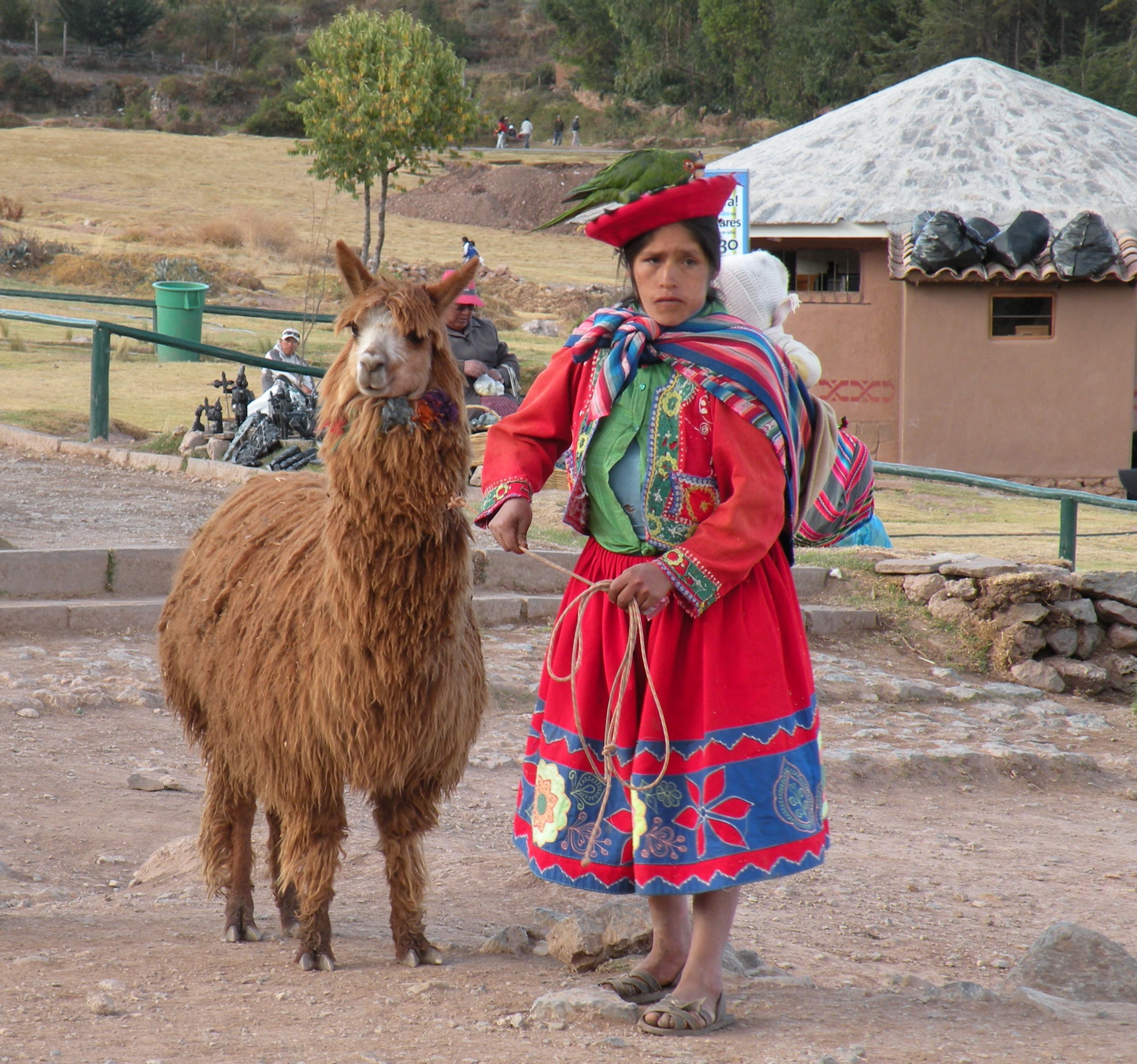
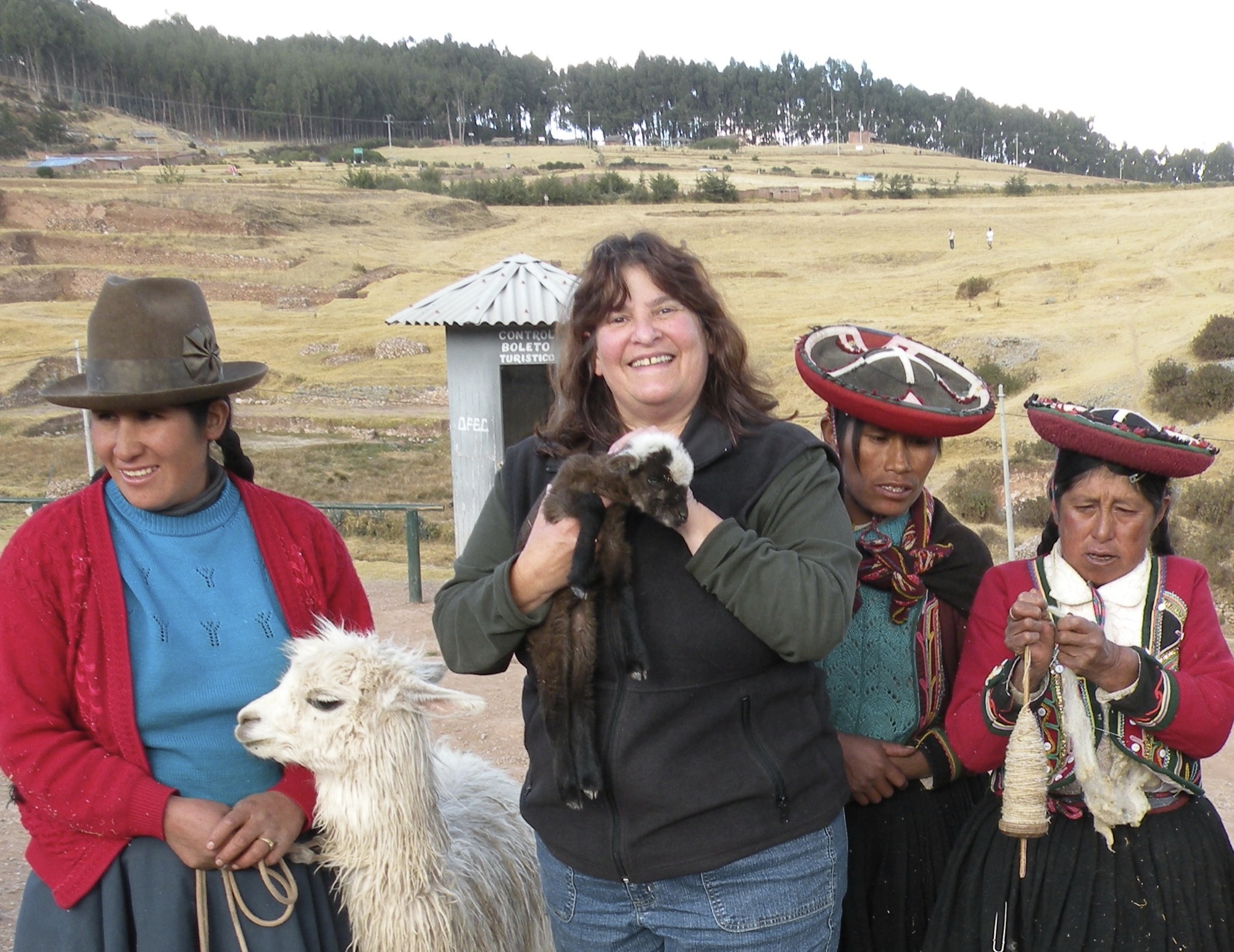
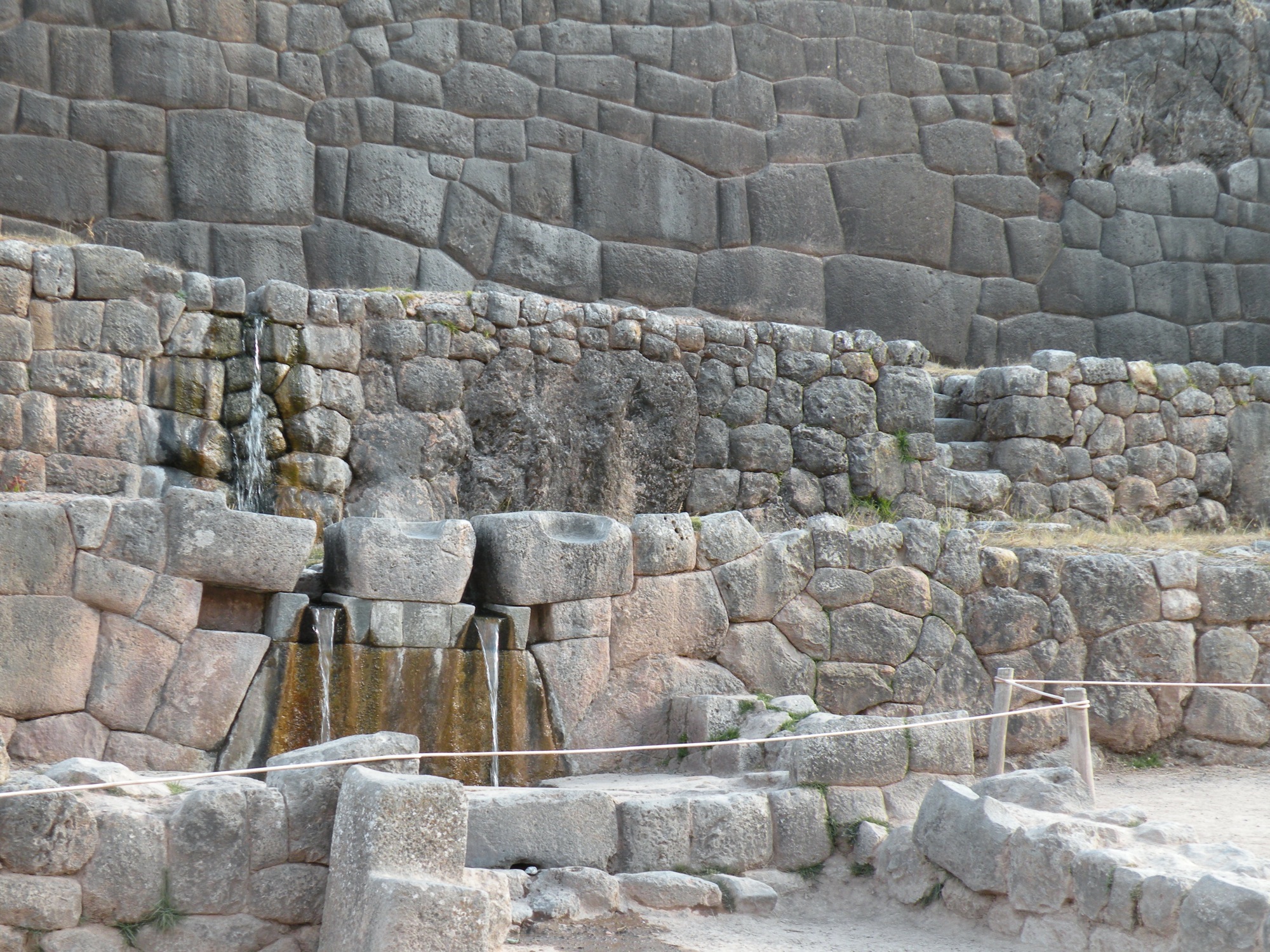
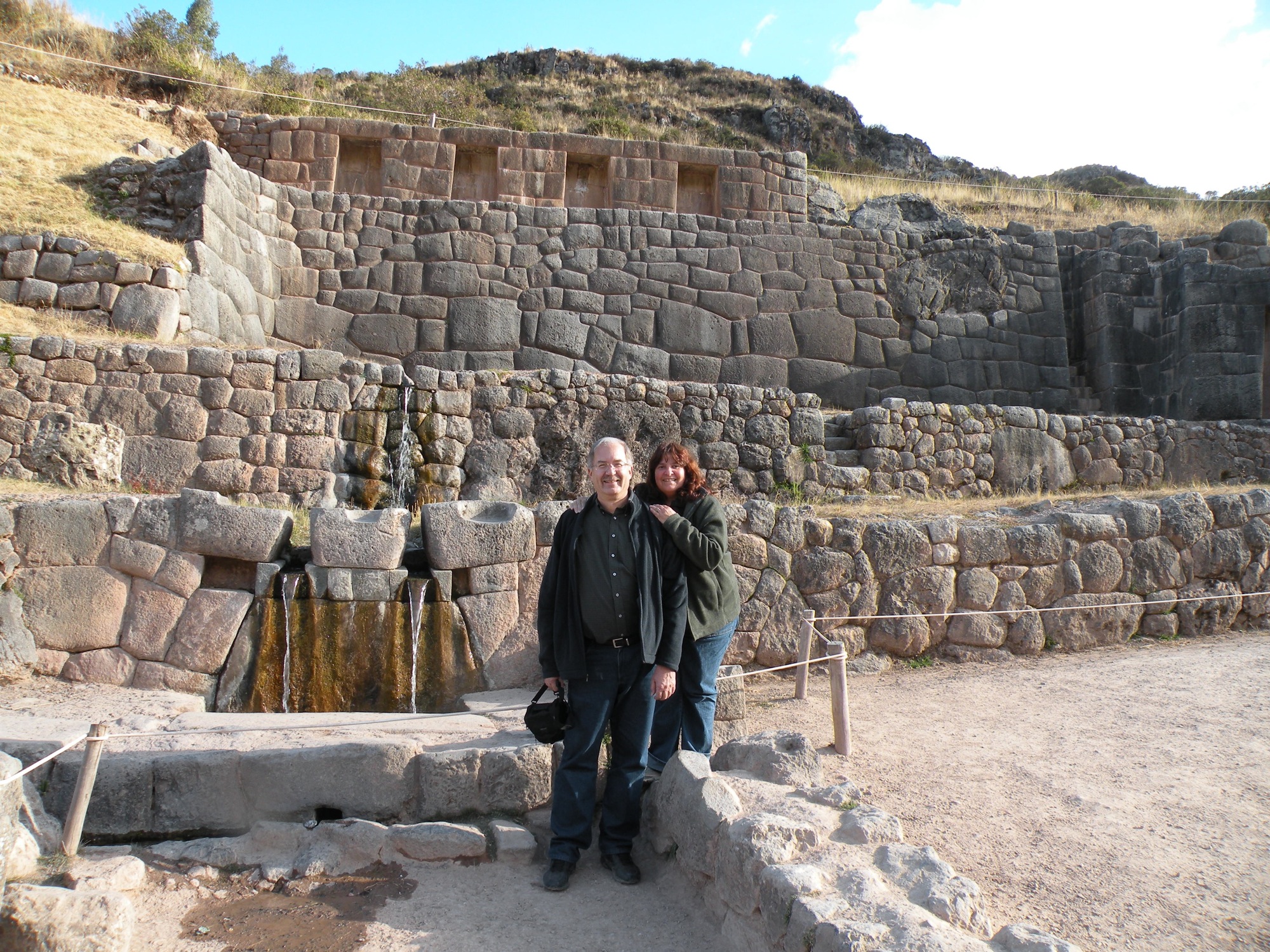
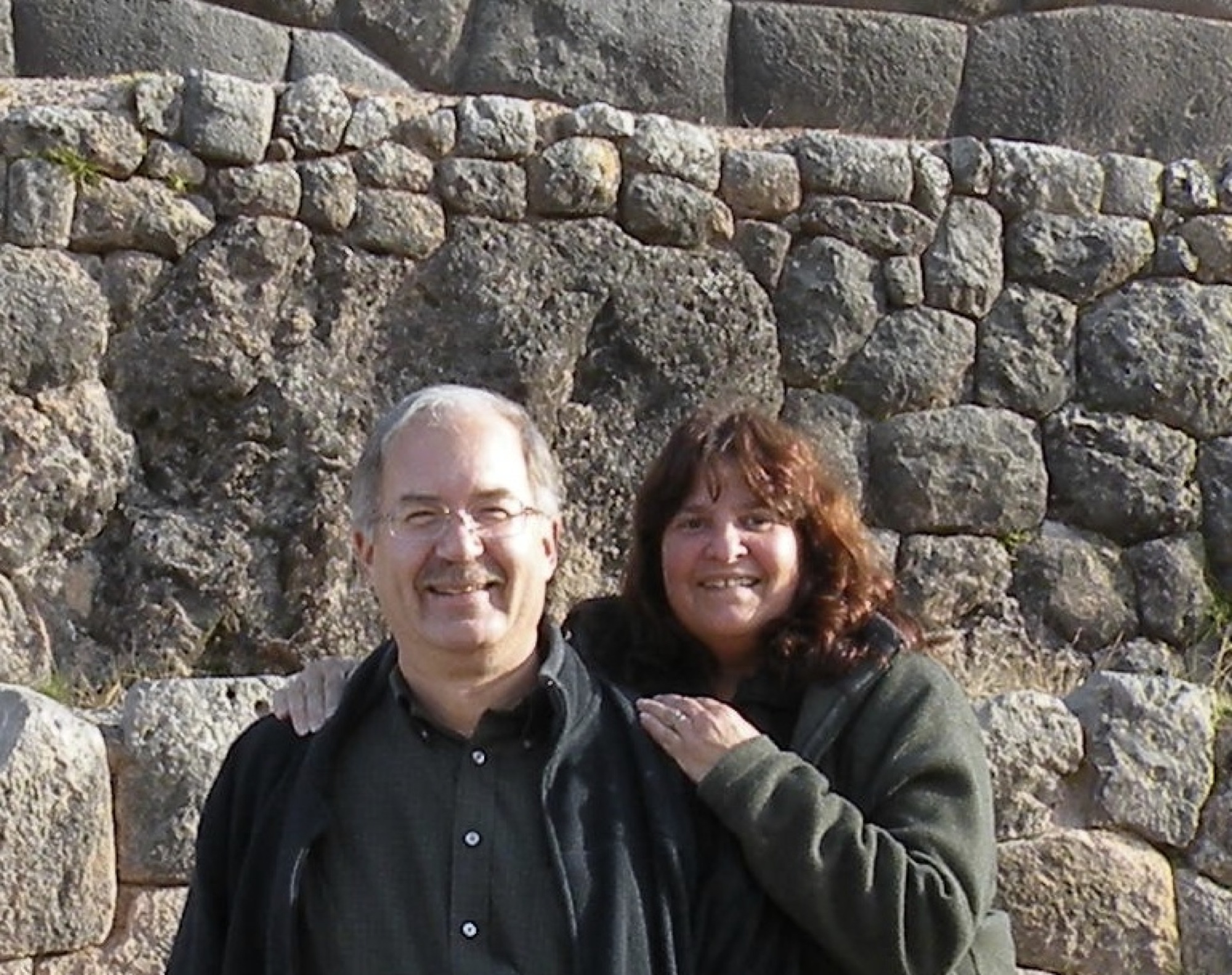
We had a wonderful visit to a llama farm. These animals were very friendly and curious creatures. We were amazed by how many variations there were in color and texture of their fur.
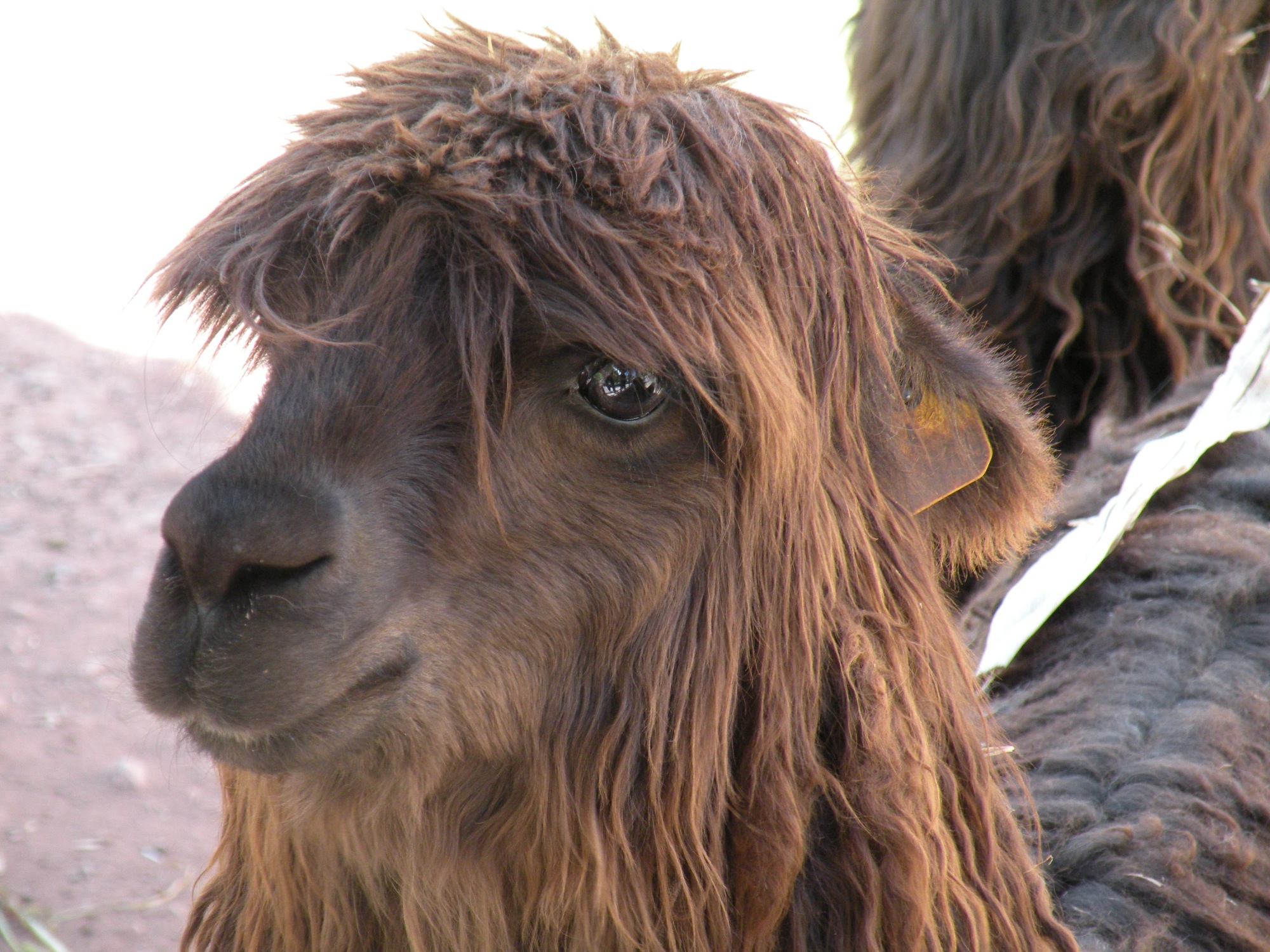
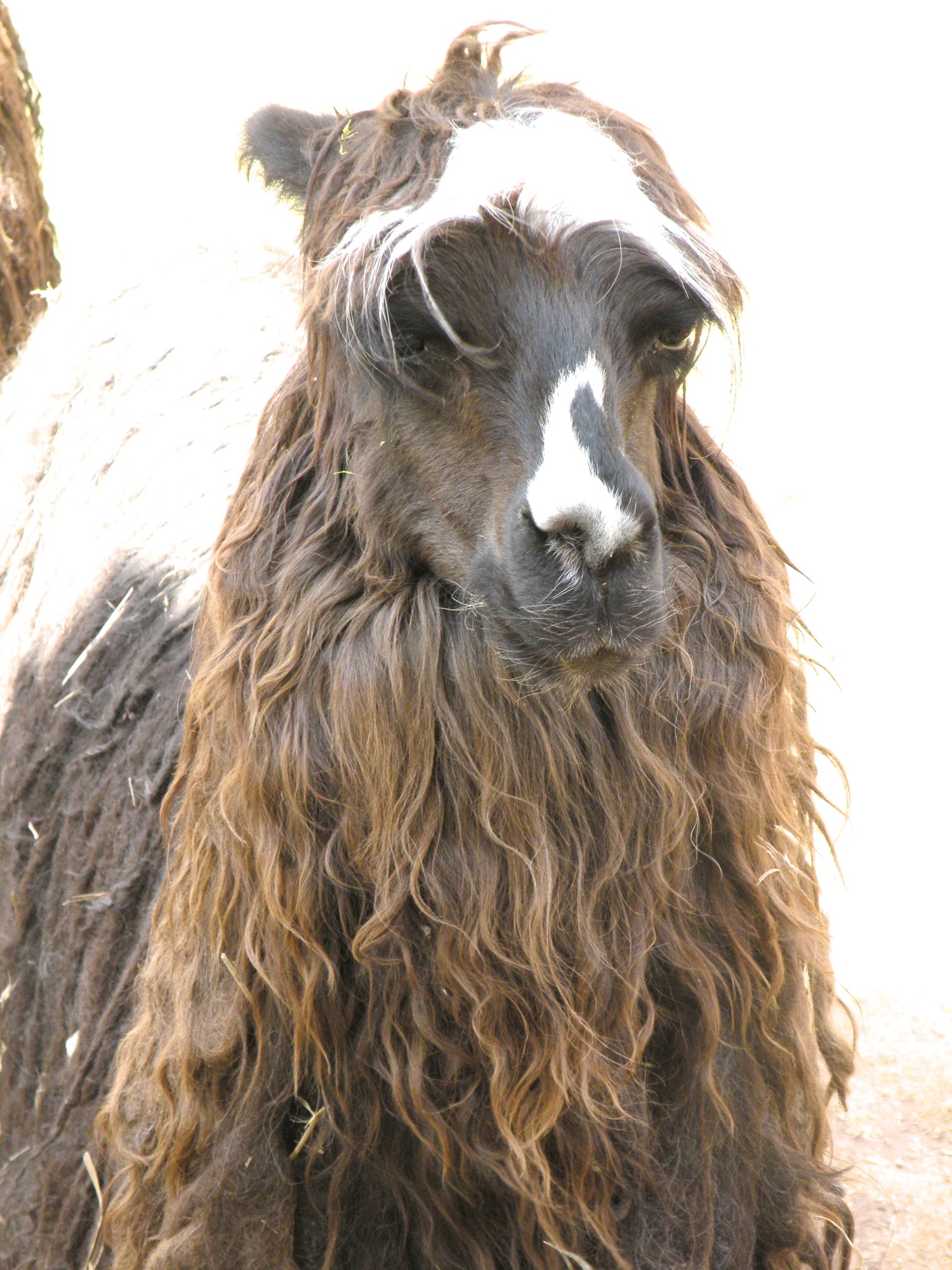
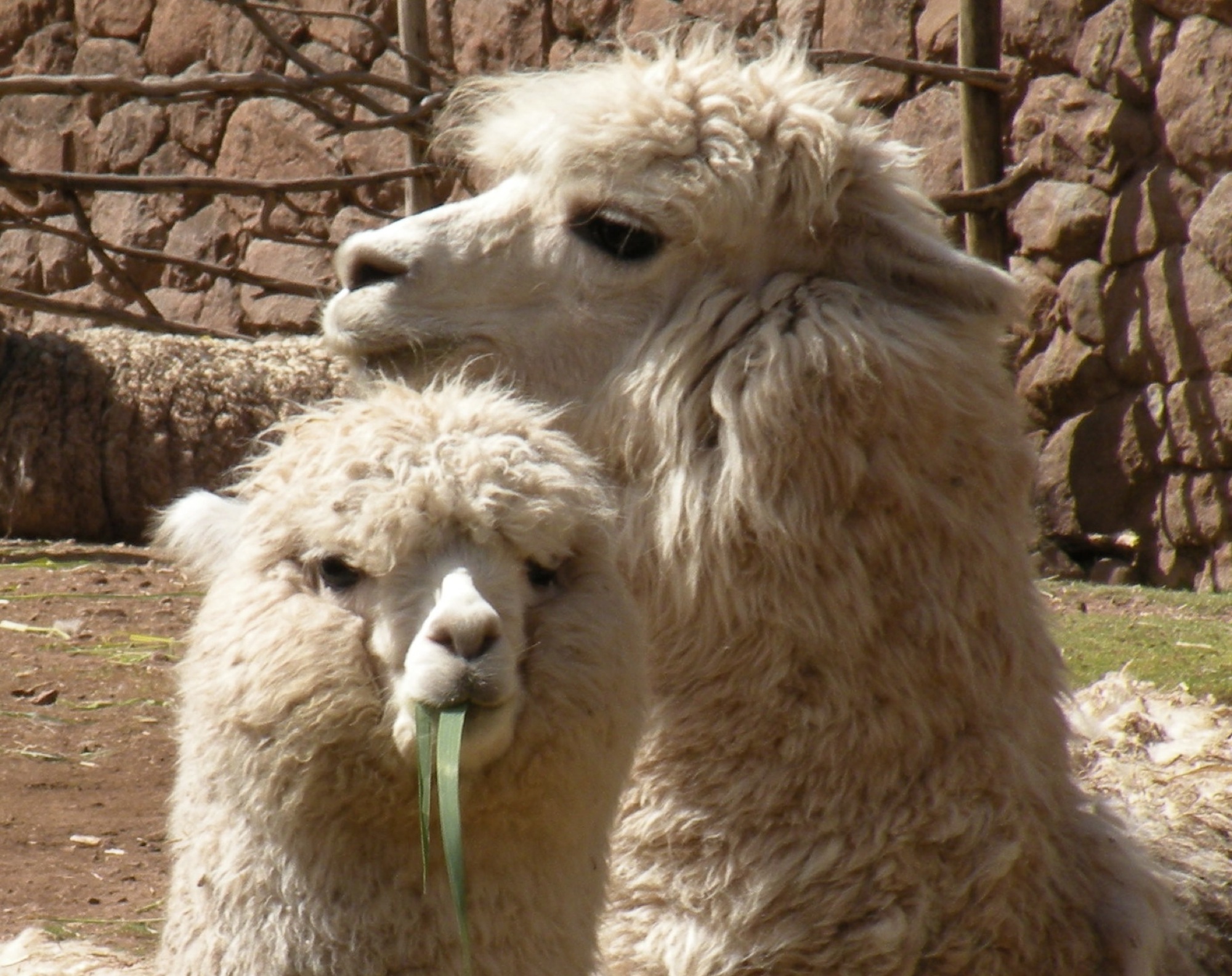
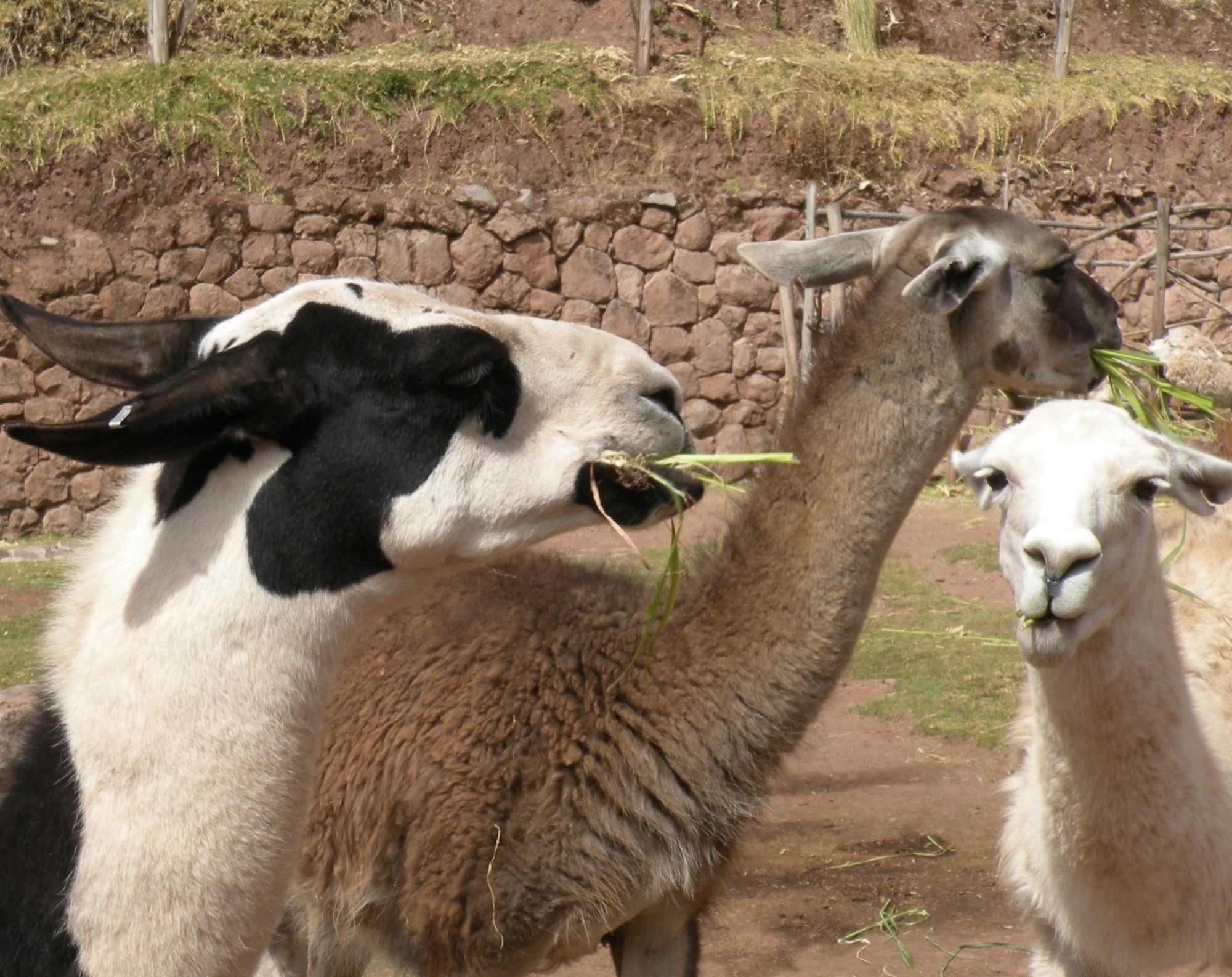
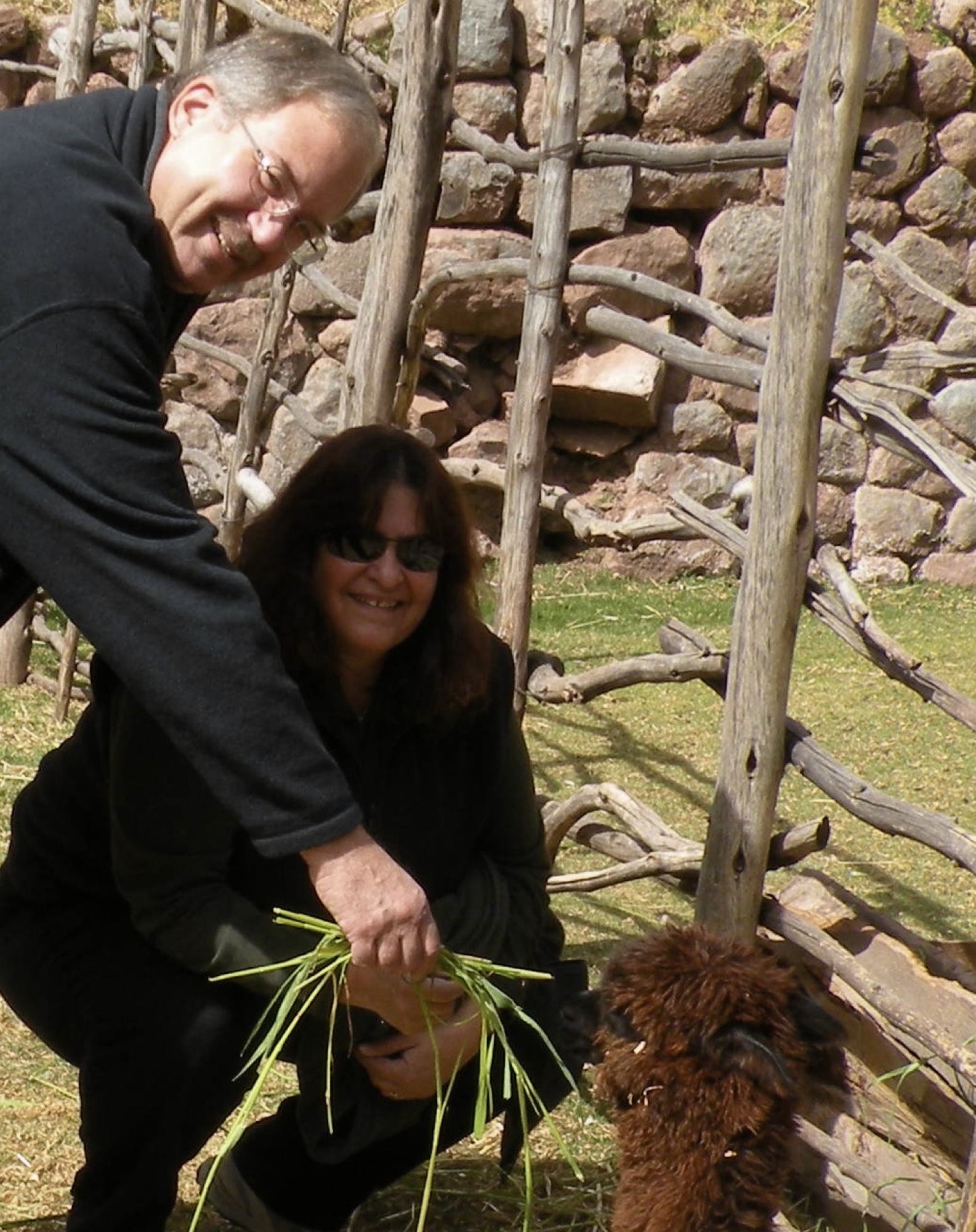
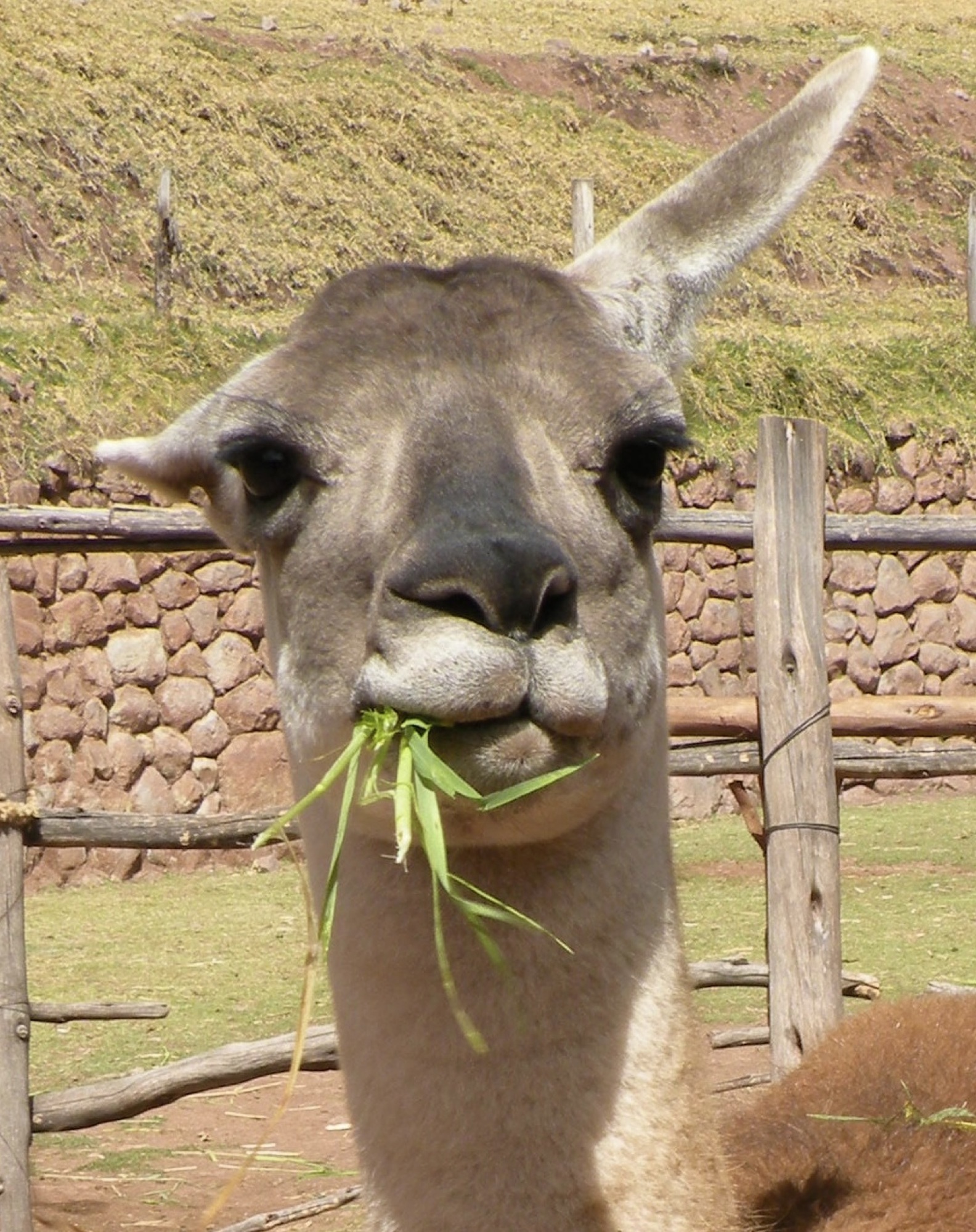
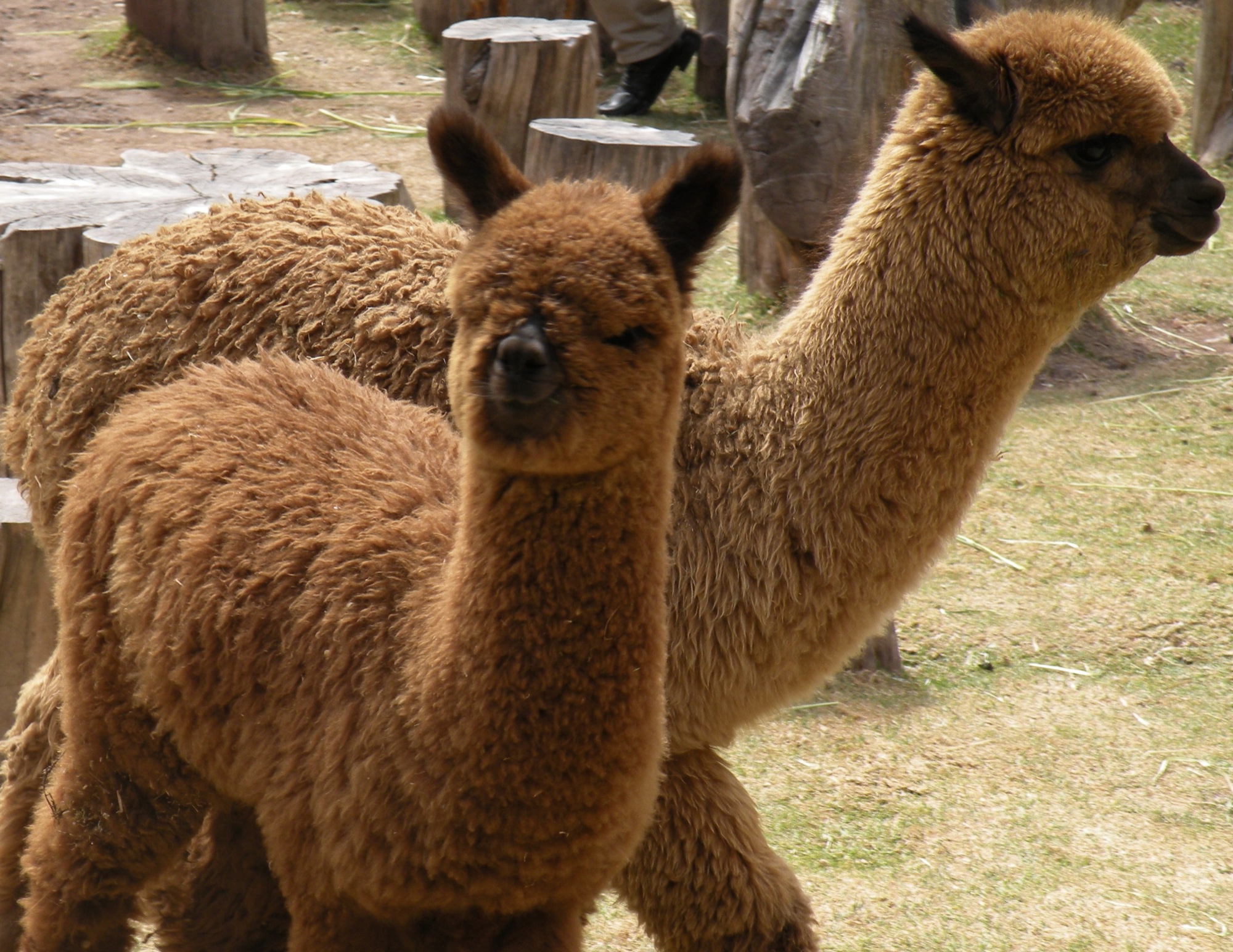
Our visit to the llama farm was very enlightening. We learned how the wool was spun into yarn, how the yarn was dyed with various natural ingredients, and how the yarn was woven into fabric.
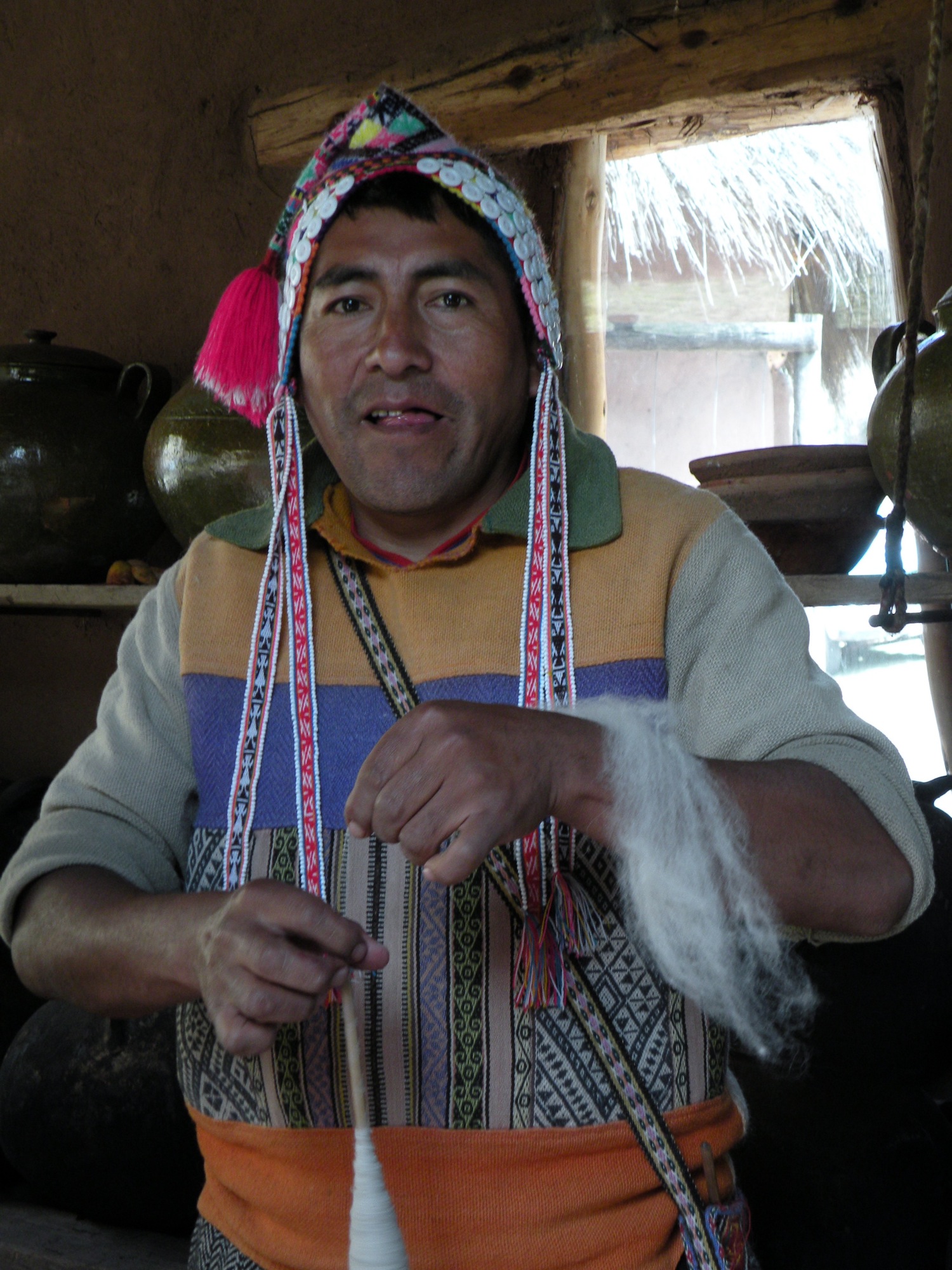
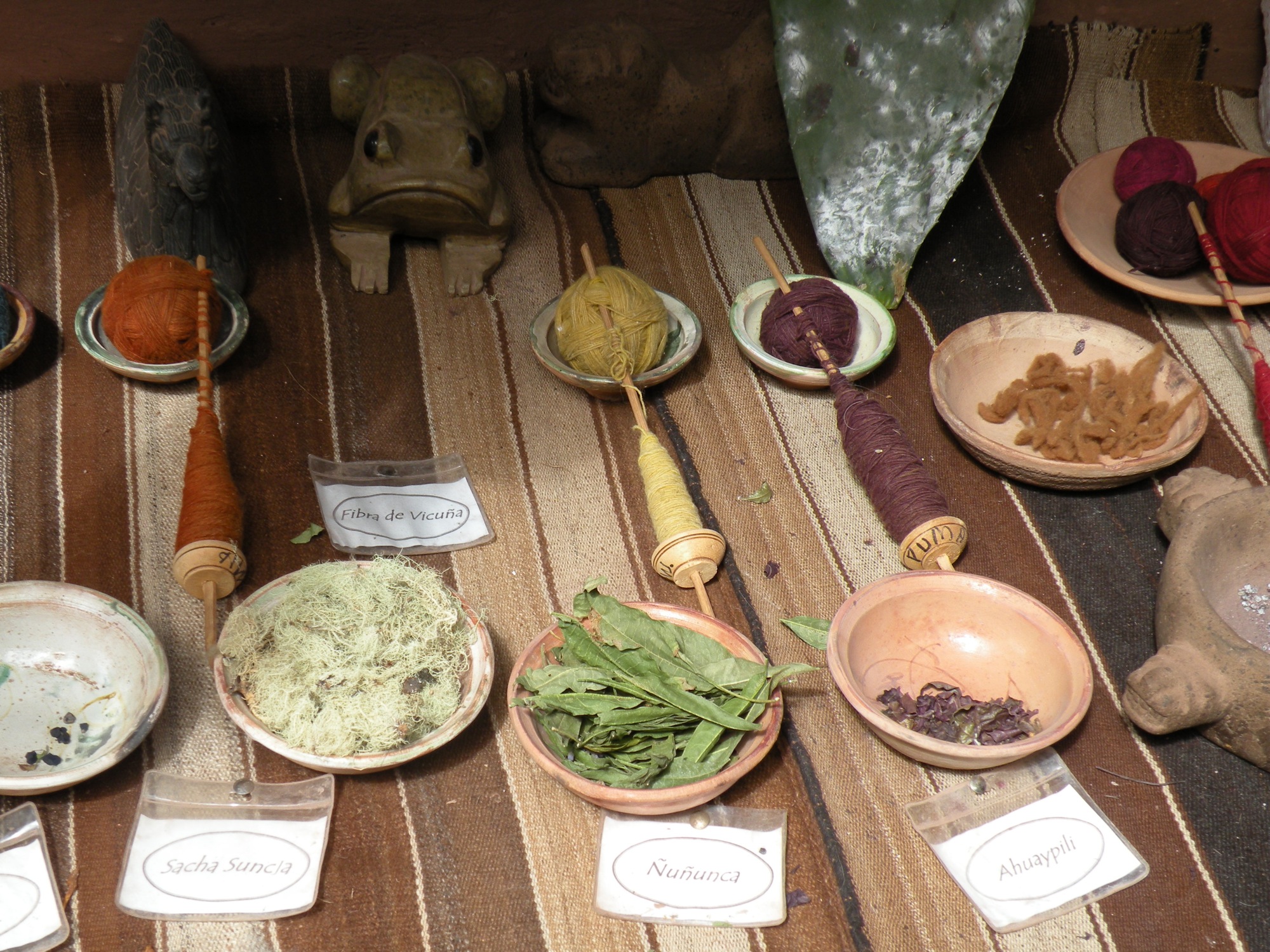
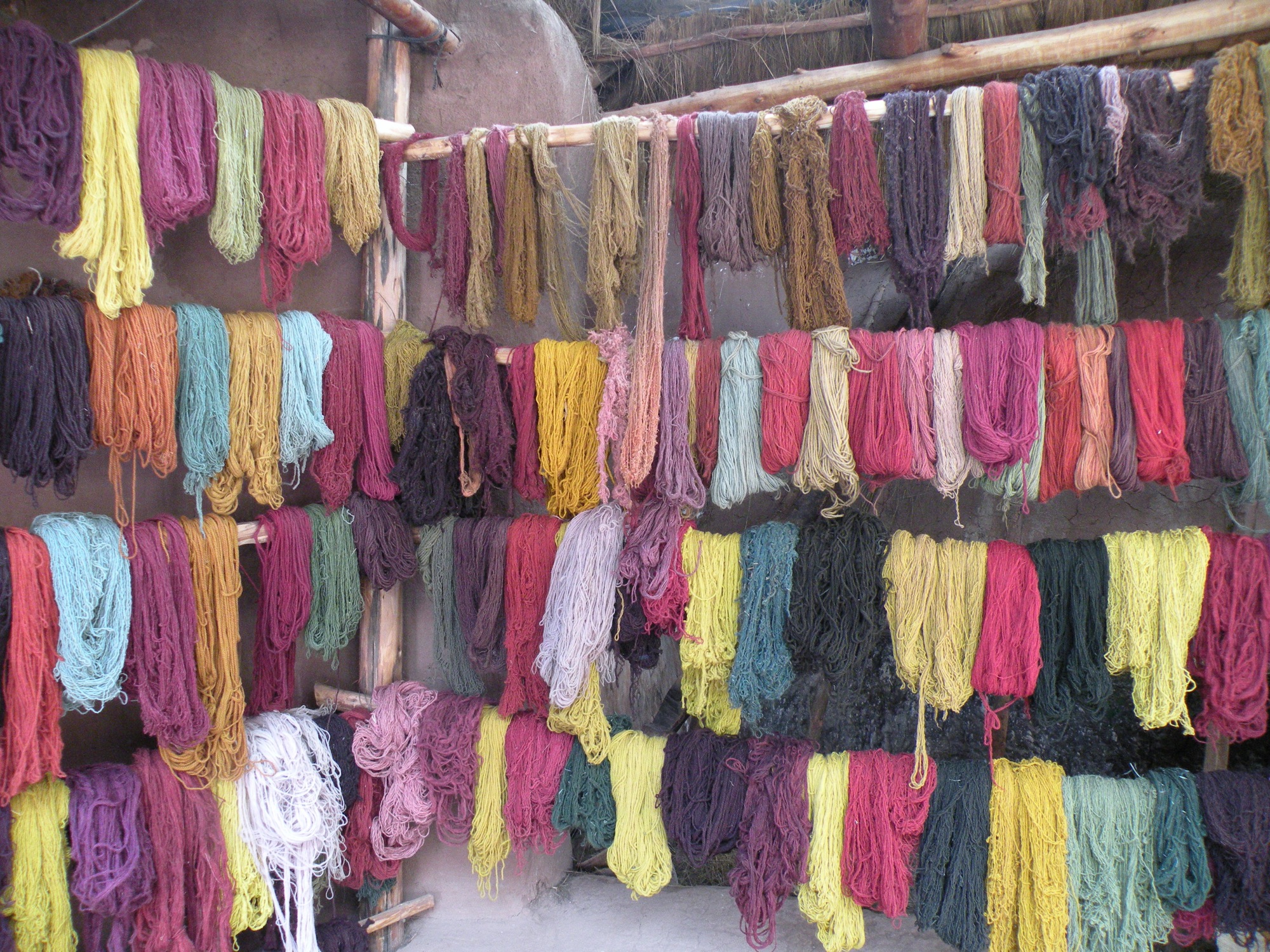
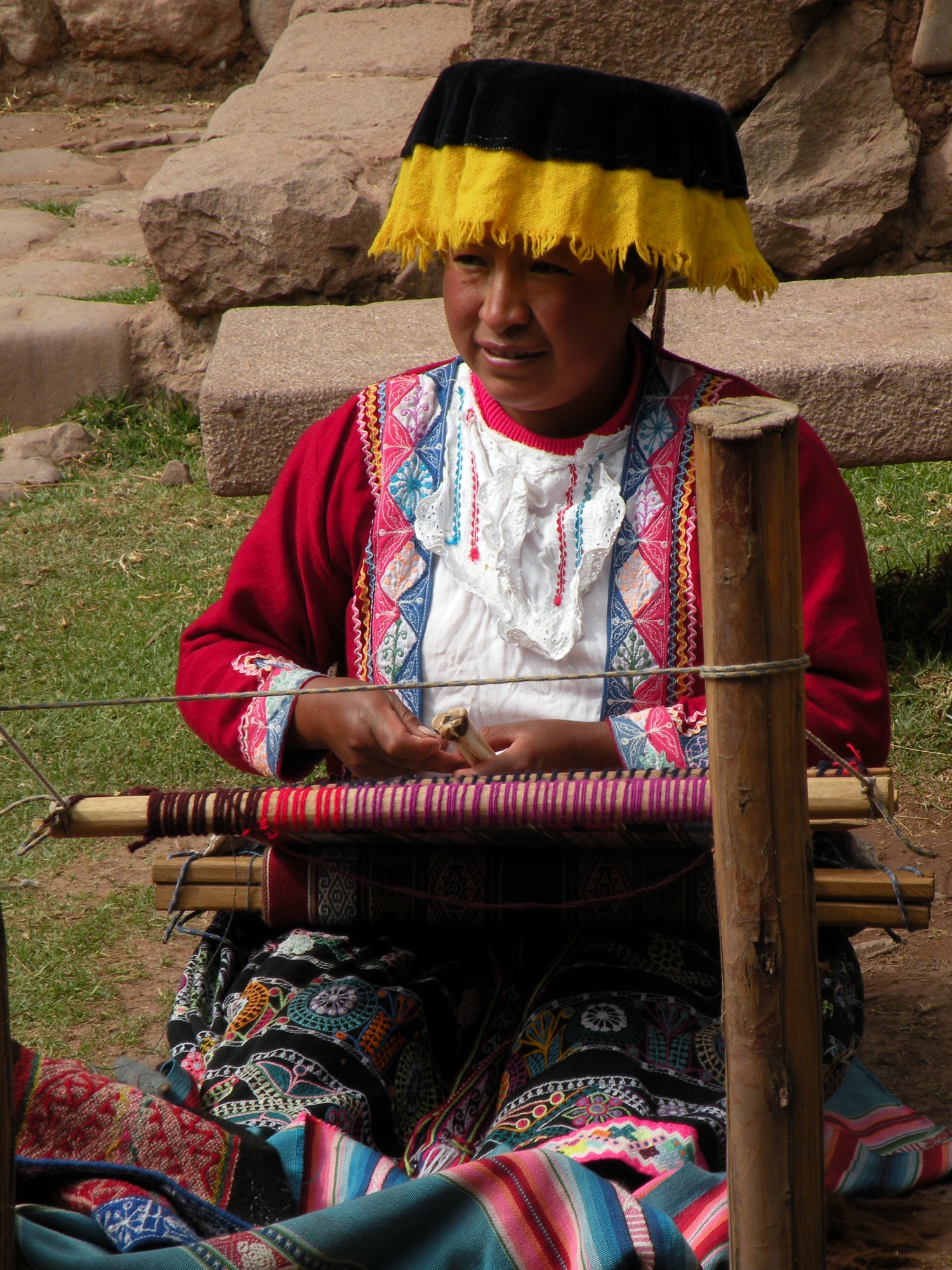
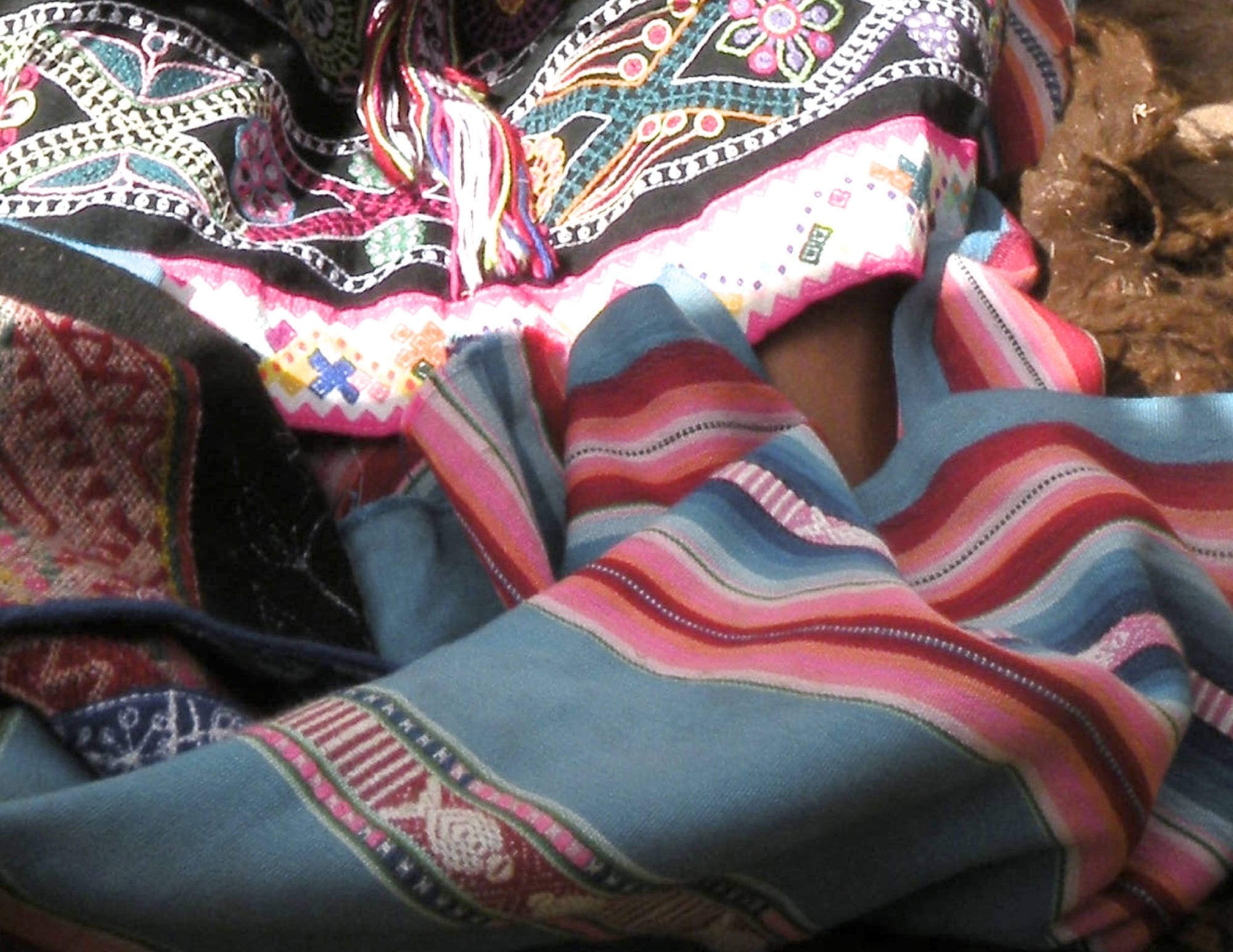
Stopped at a local market. The most interesting thing there was the indigenous people in their native Quechua clothing. We also enjoyed a brief visit with a scarlet macaw.
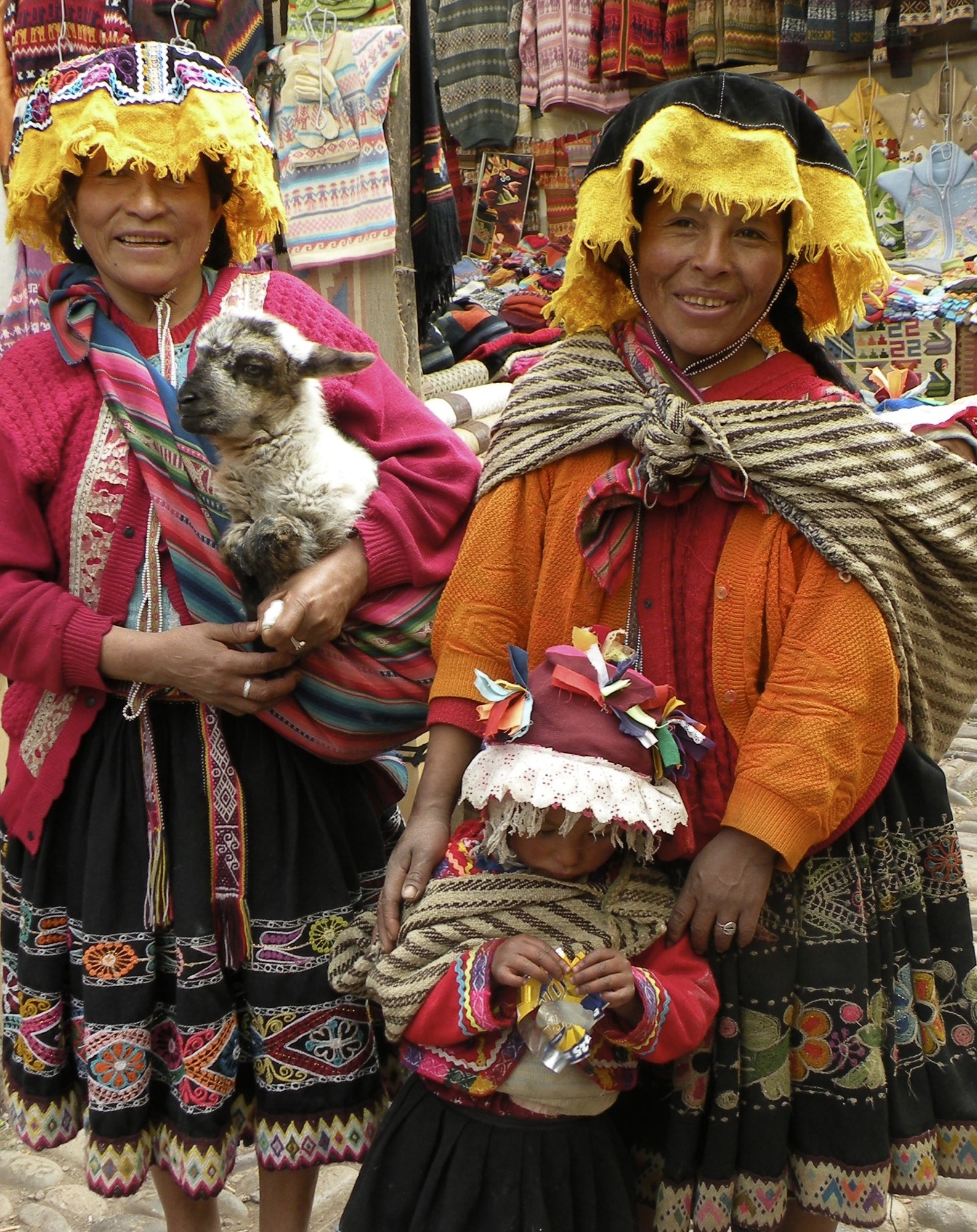
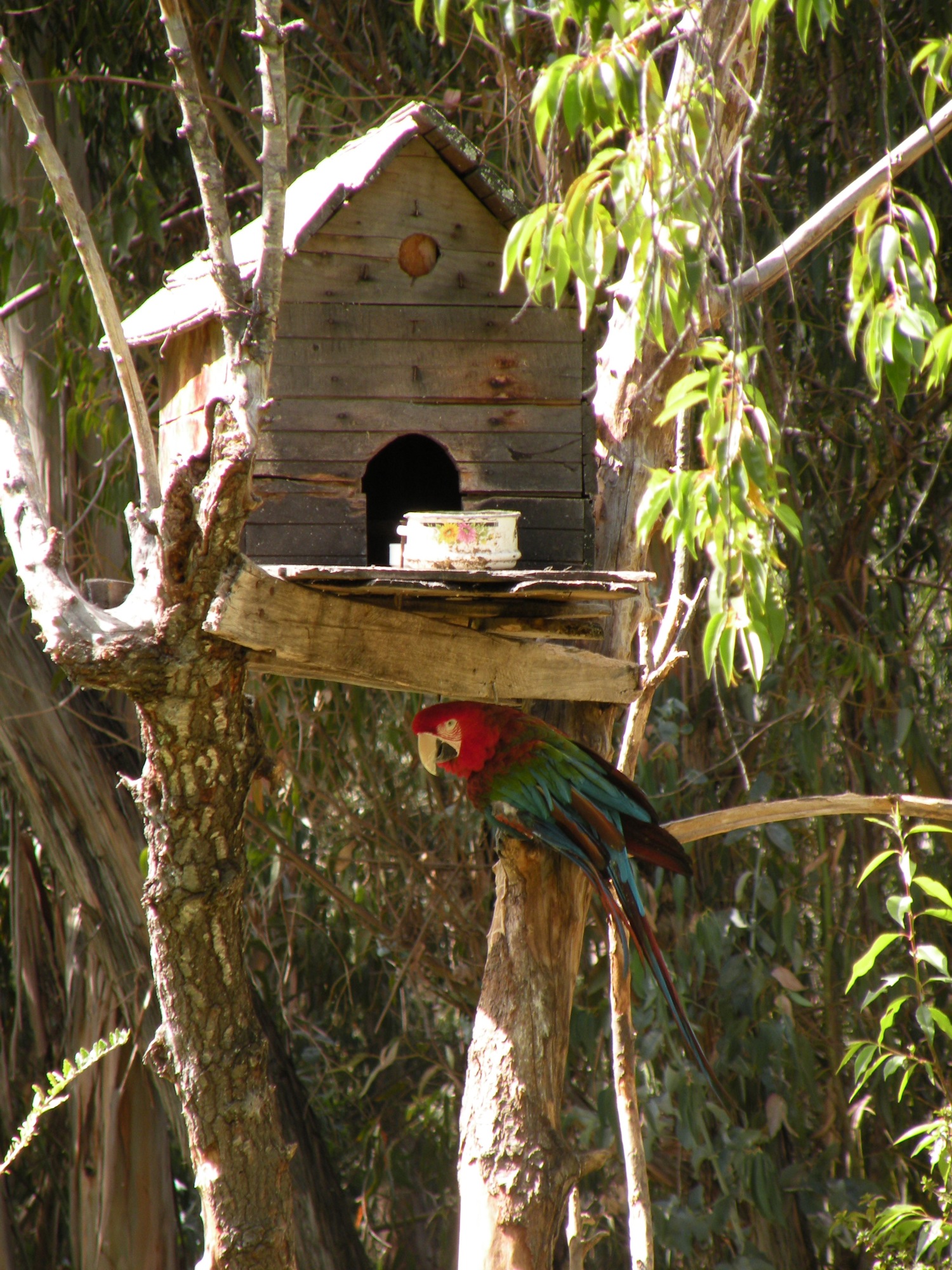
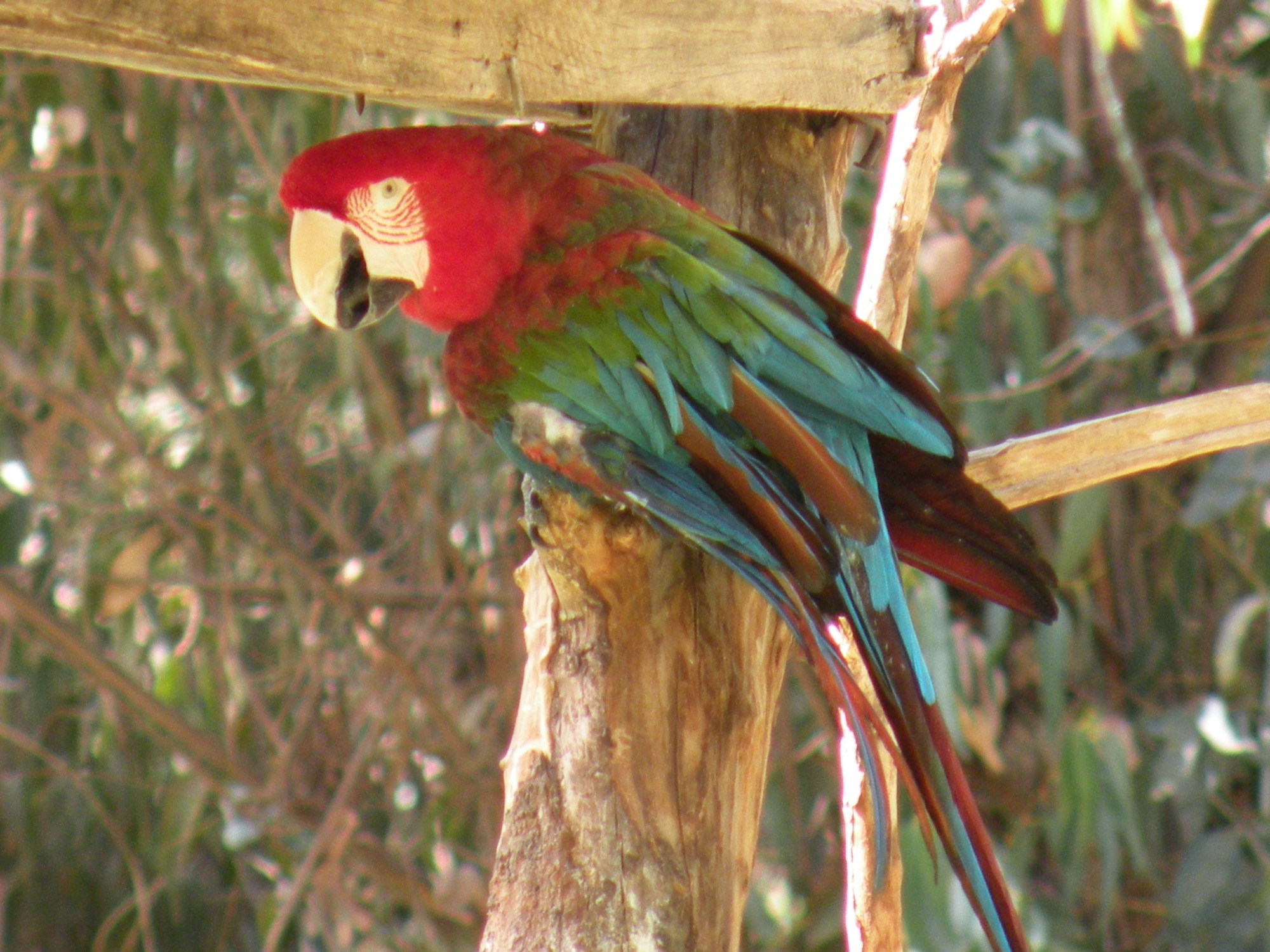
This was an Inca fortress that protected the town and the estate of the royal Emperor Pachacuti. Many of the ruins are built into the side of the mountains.
